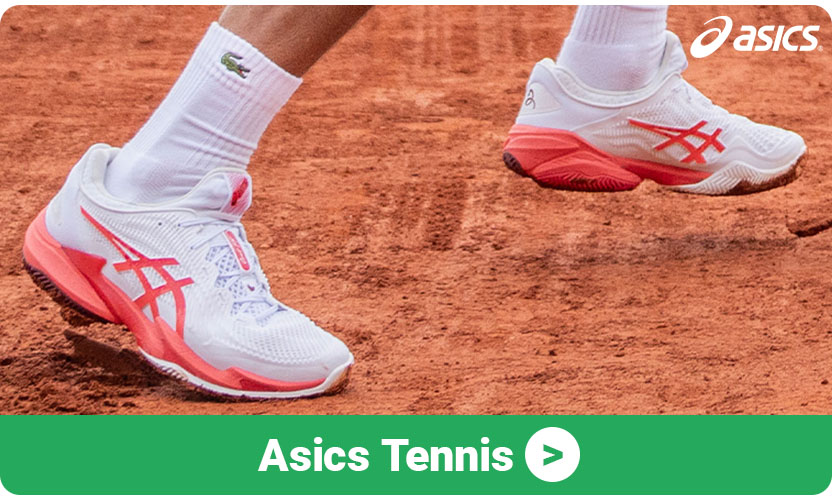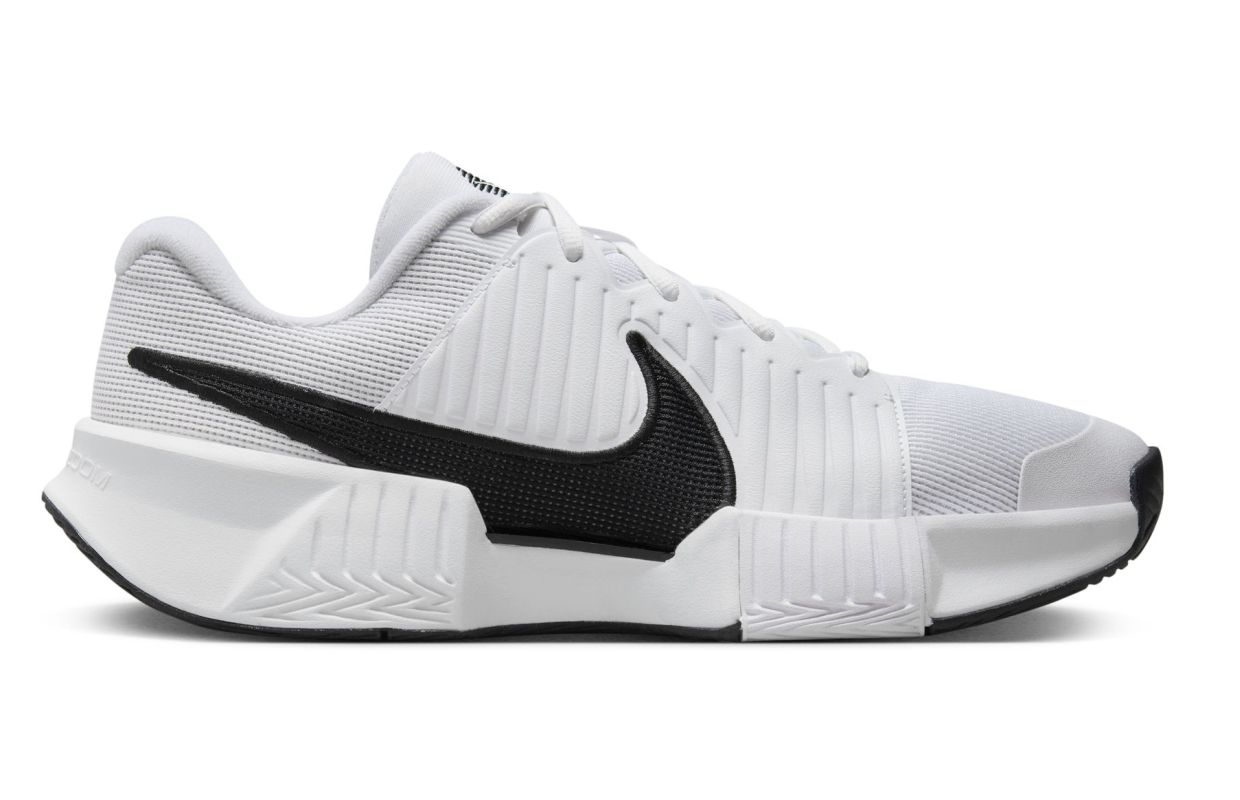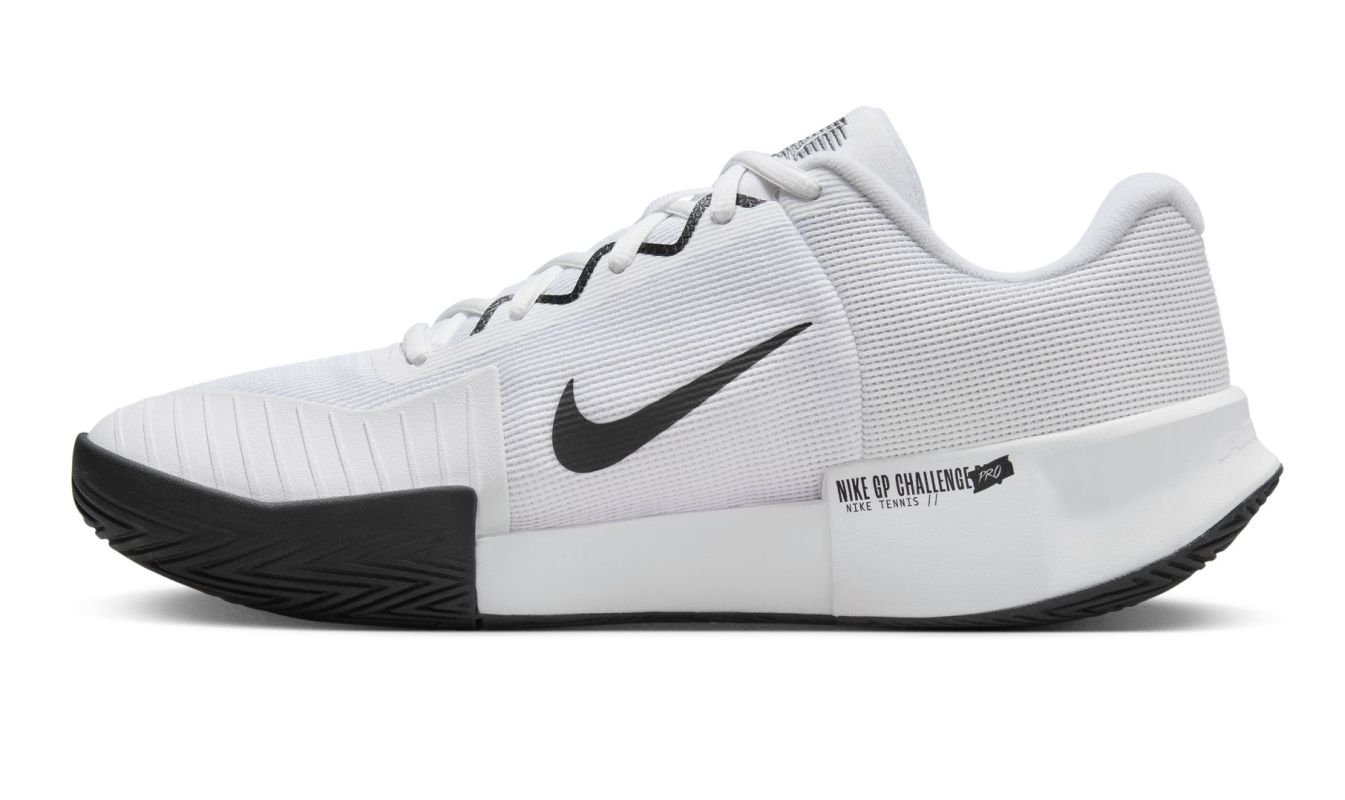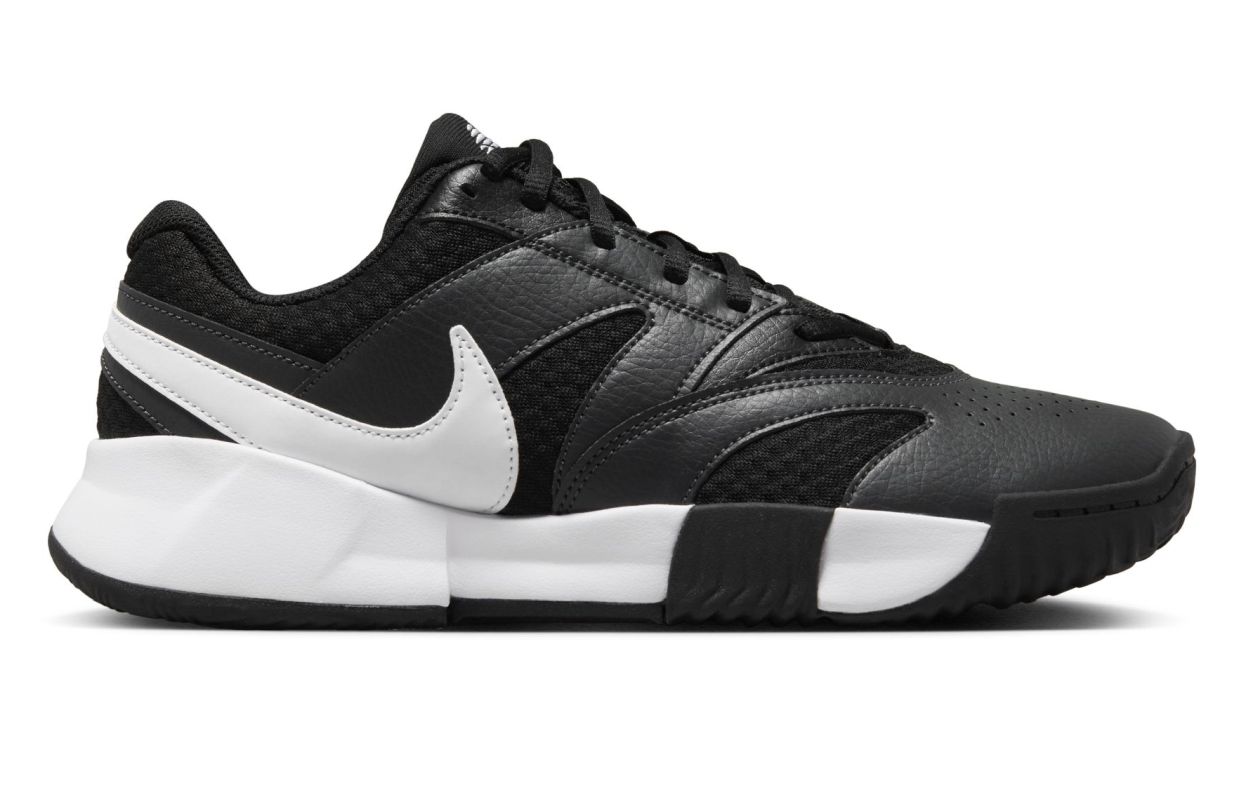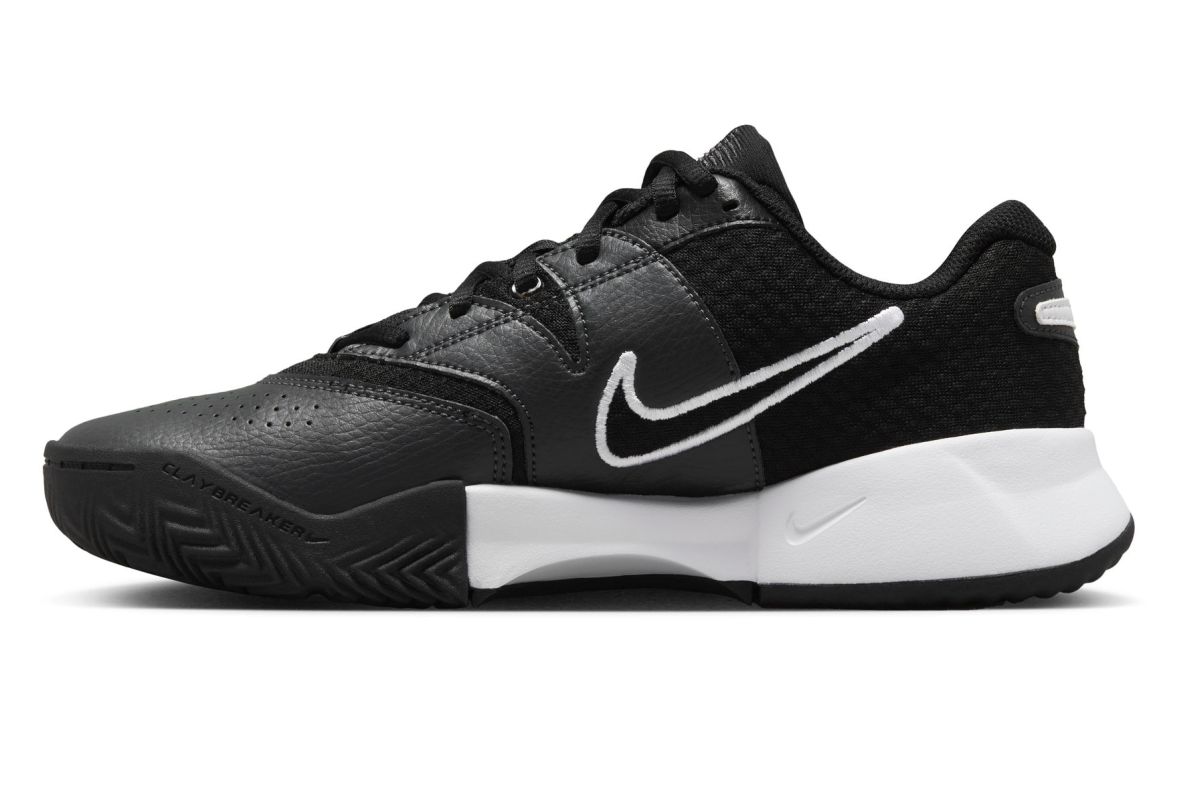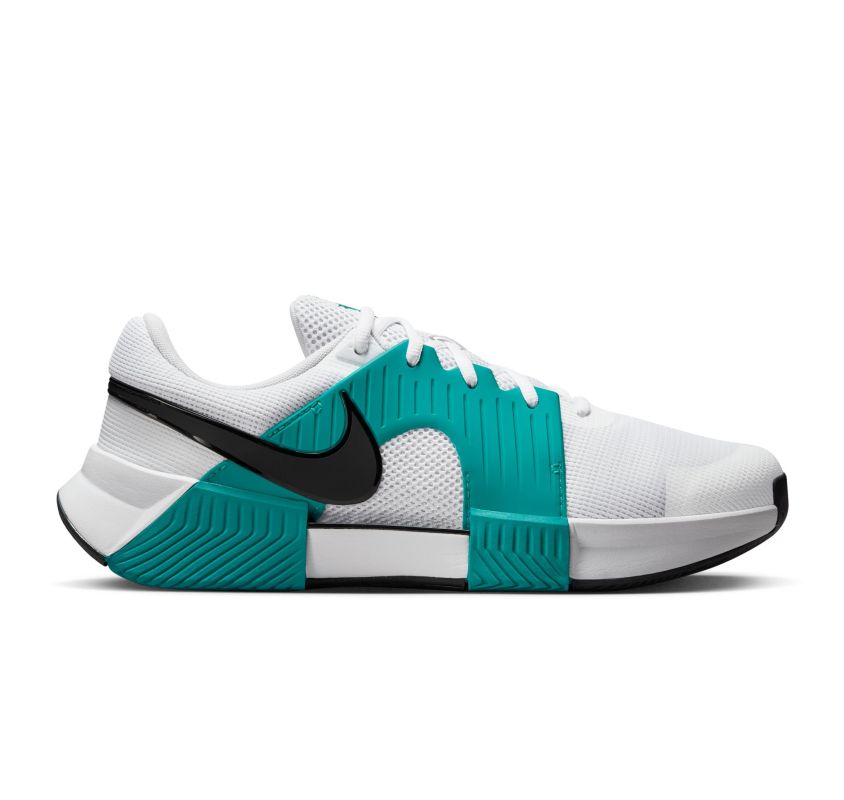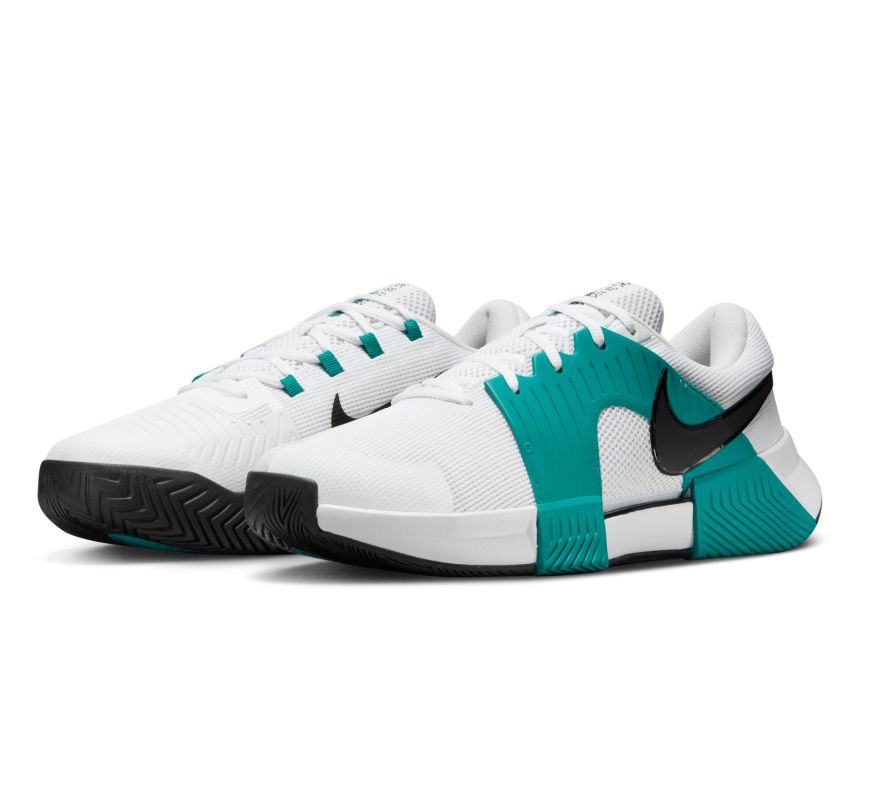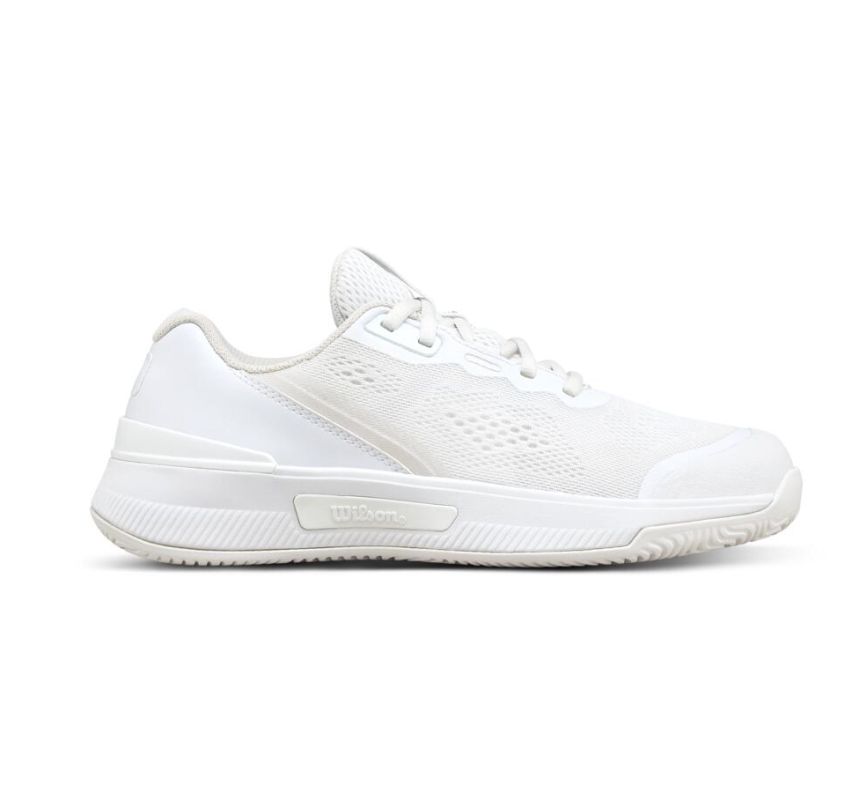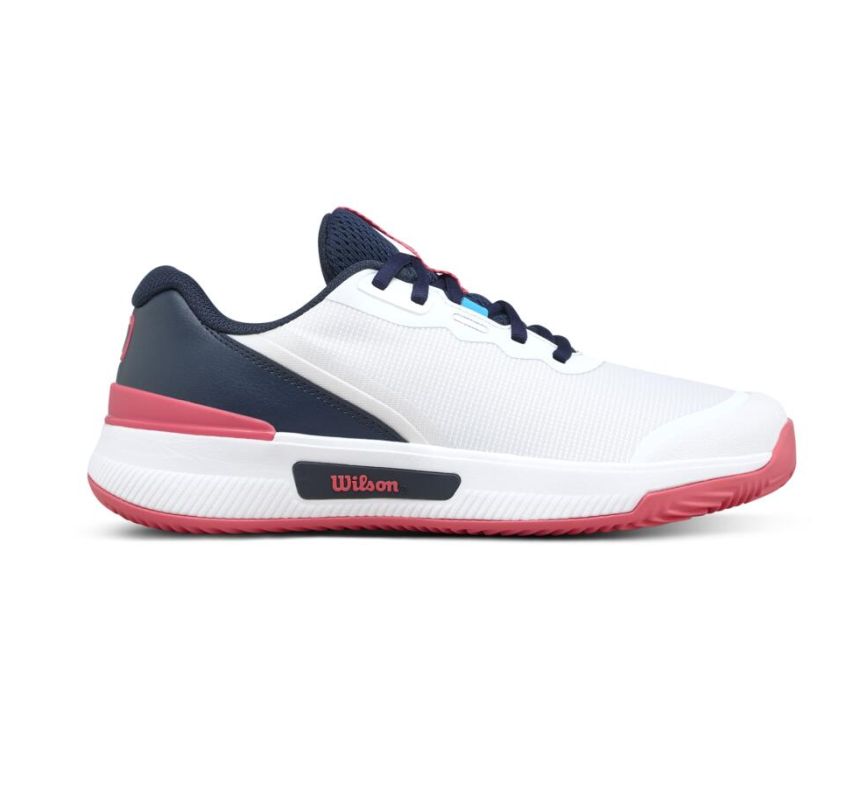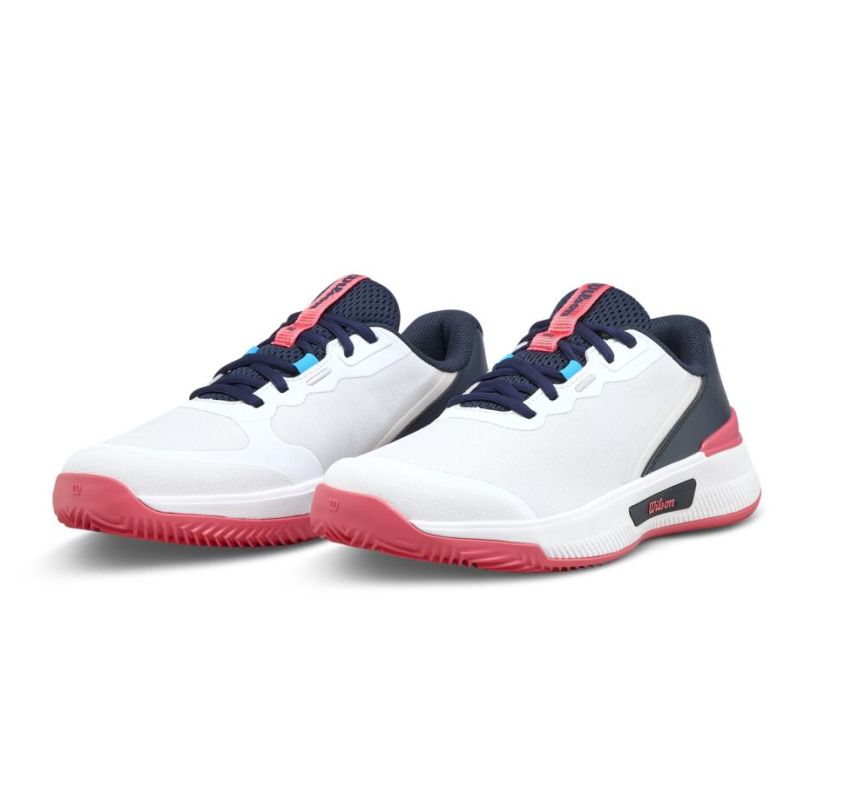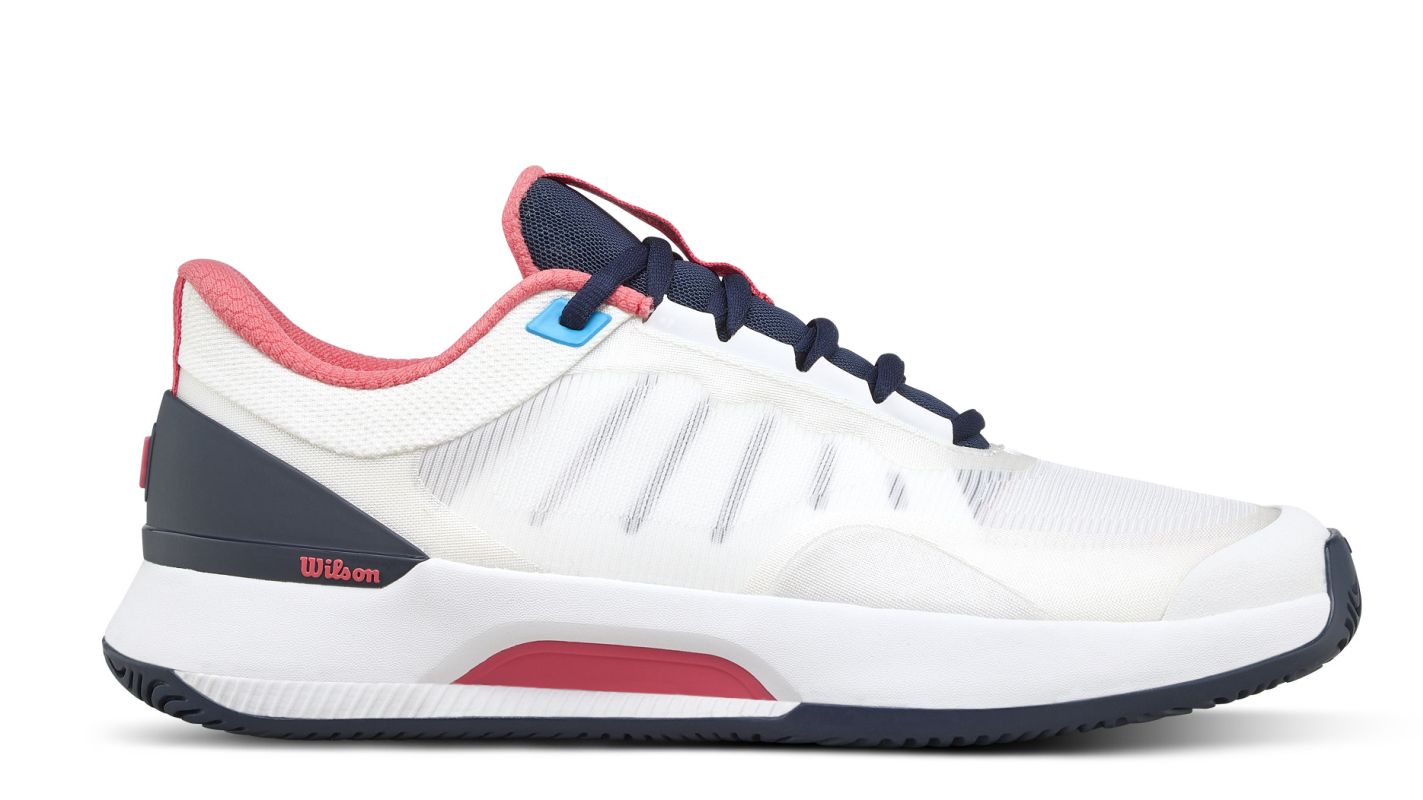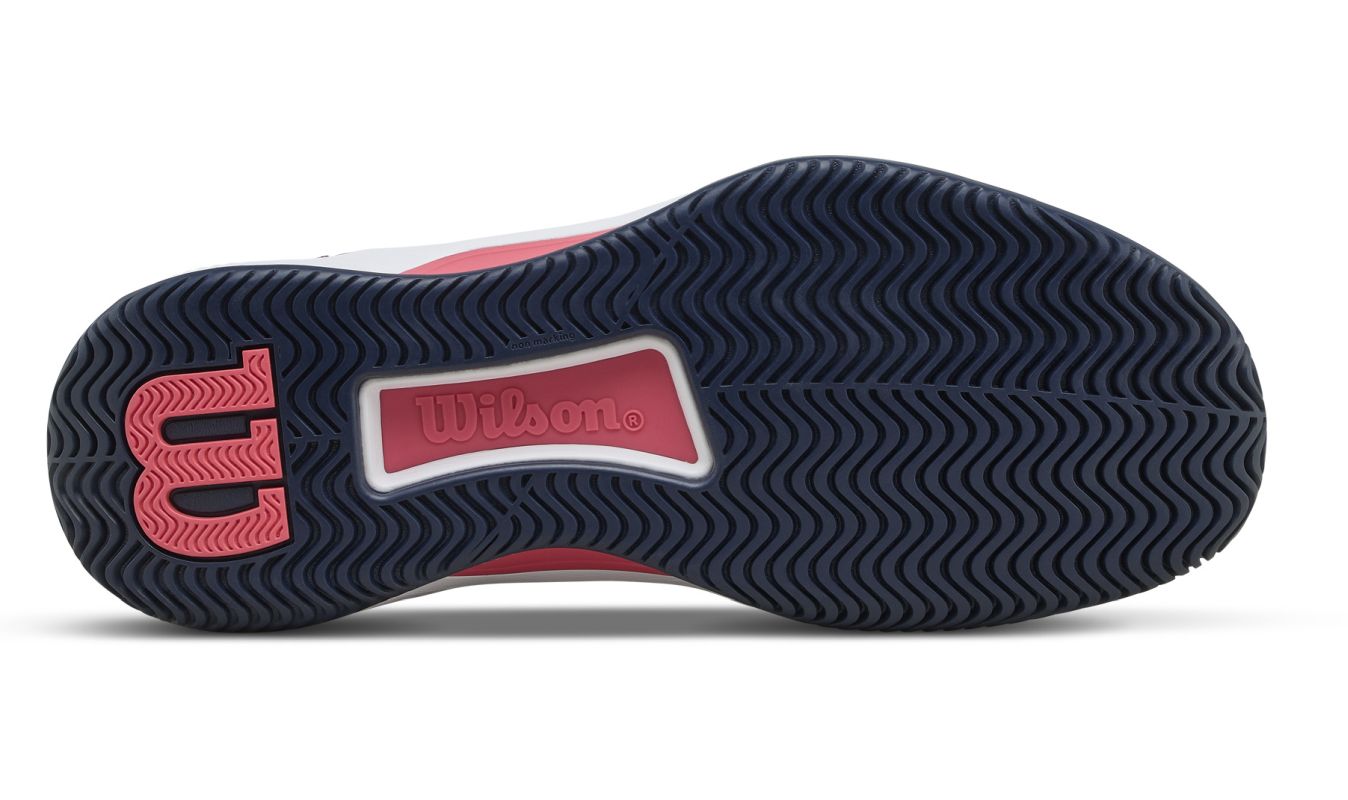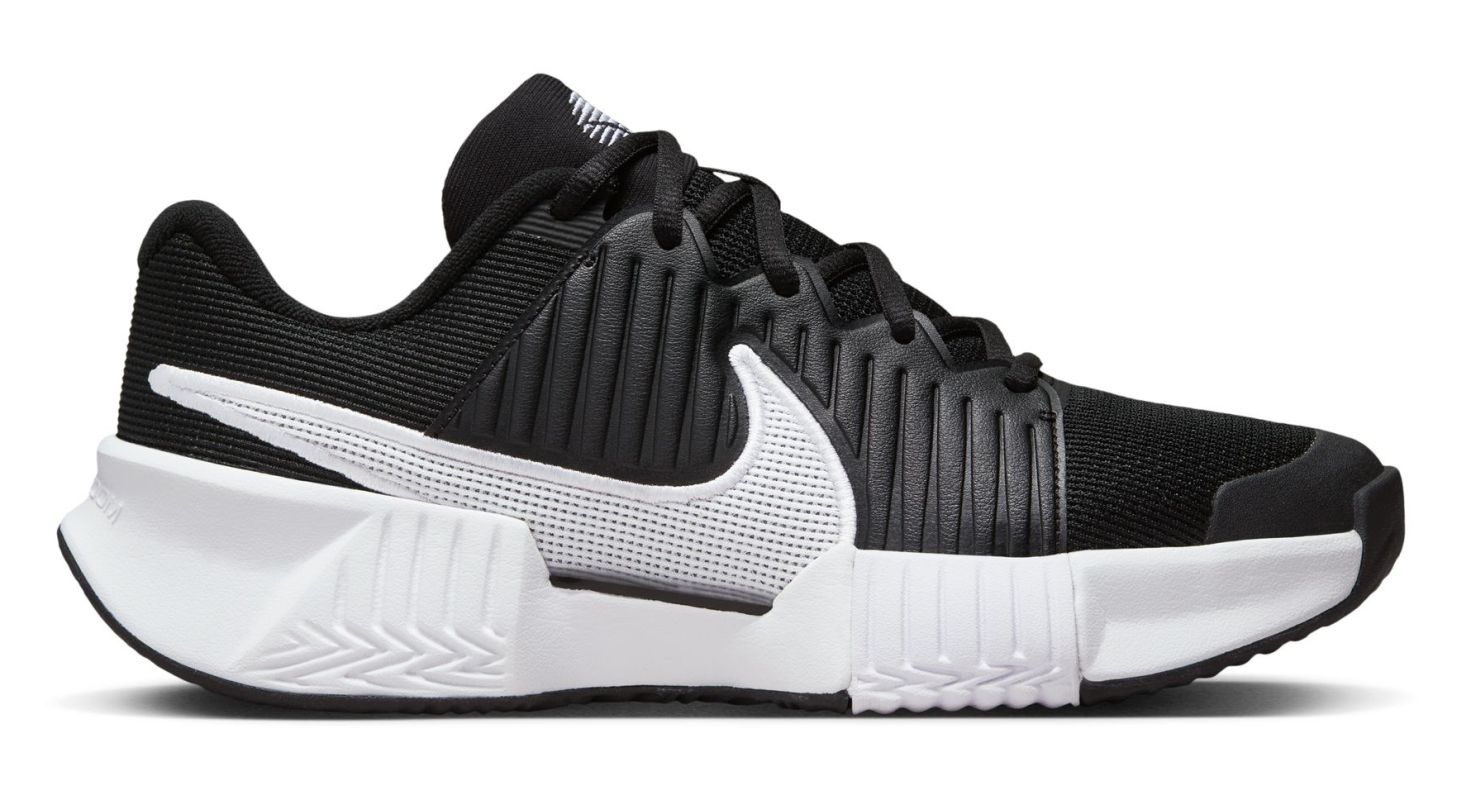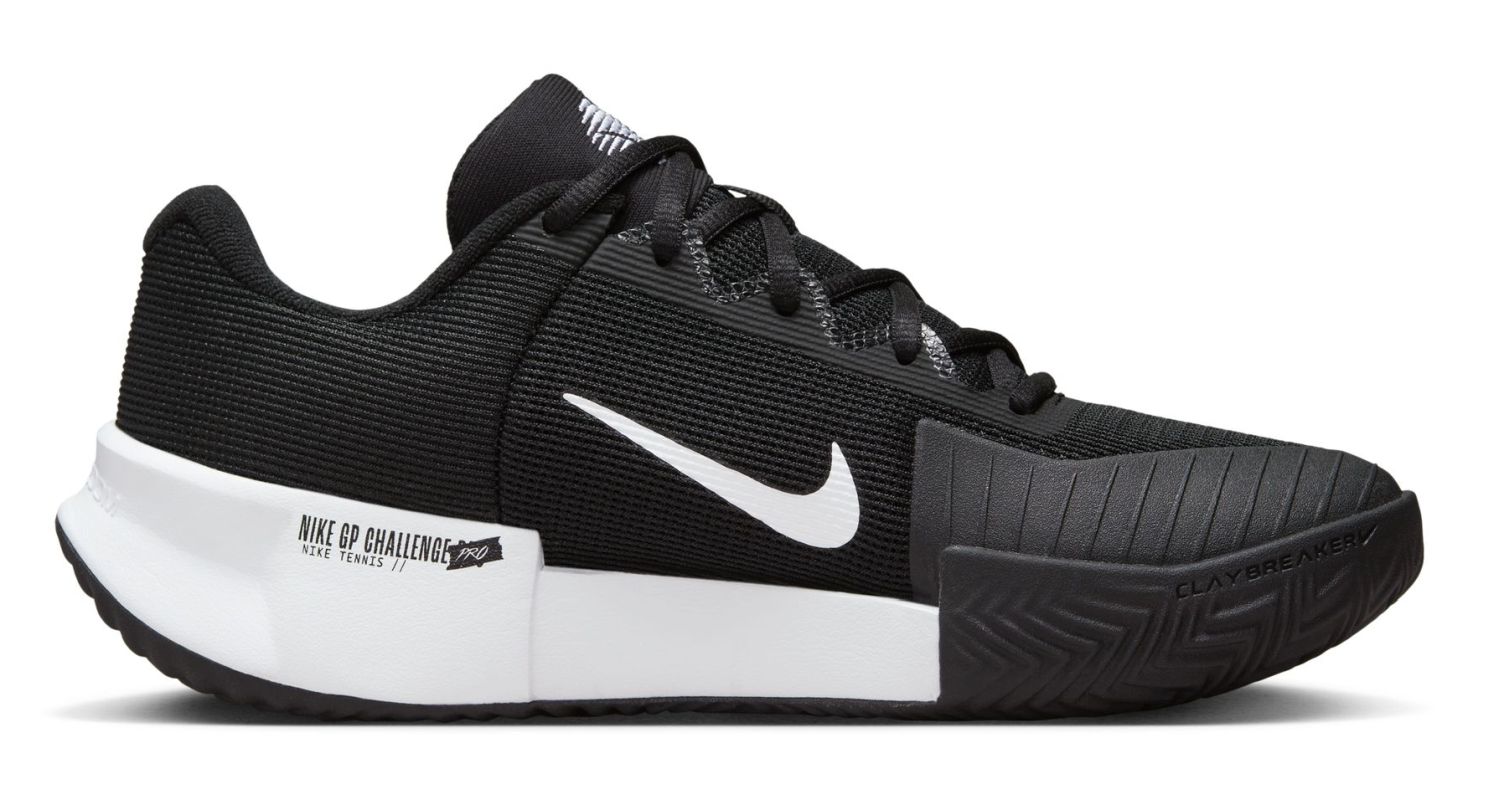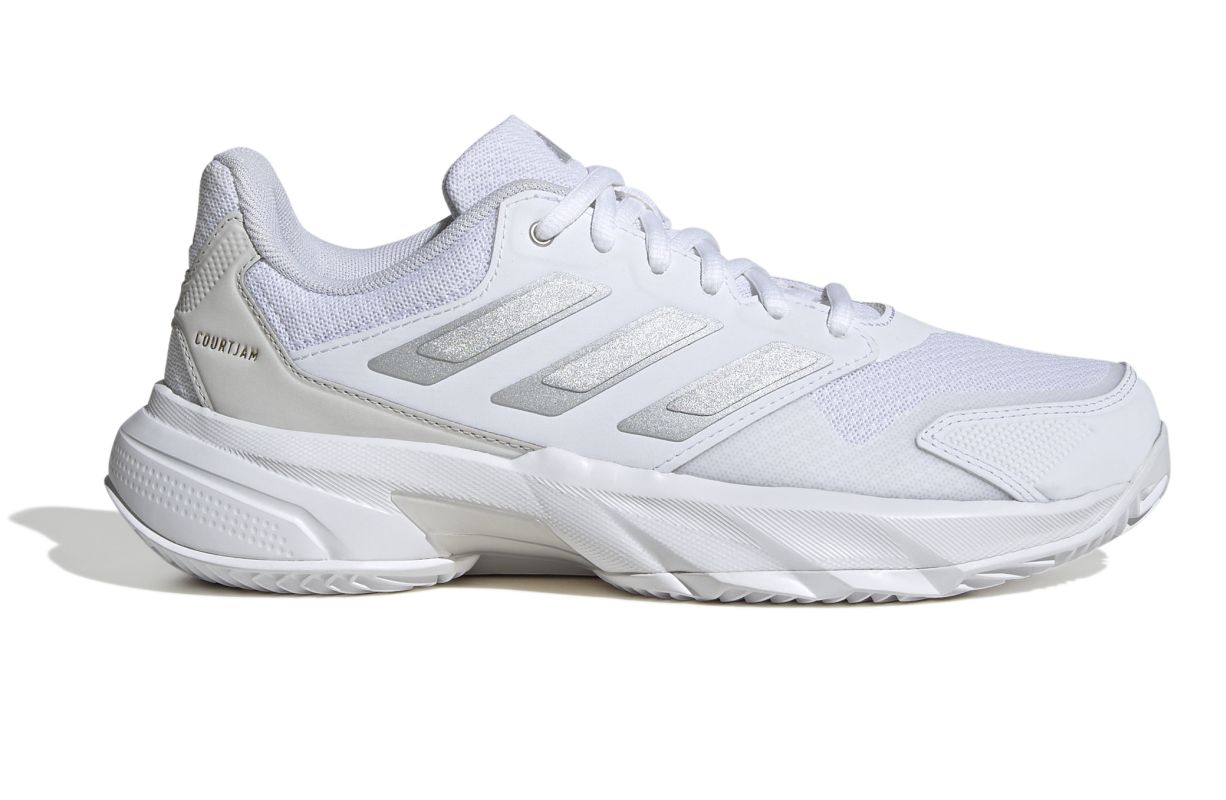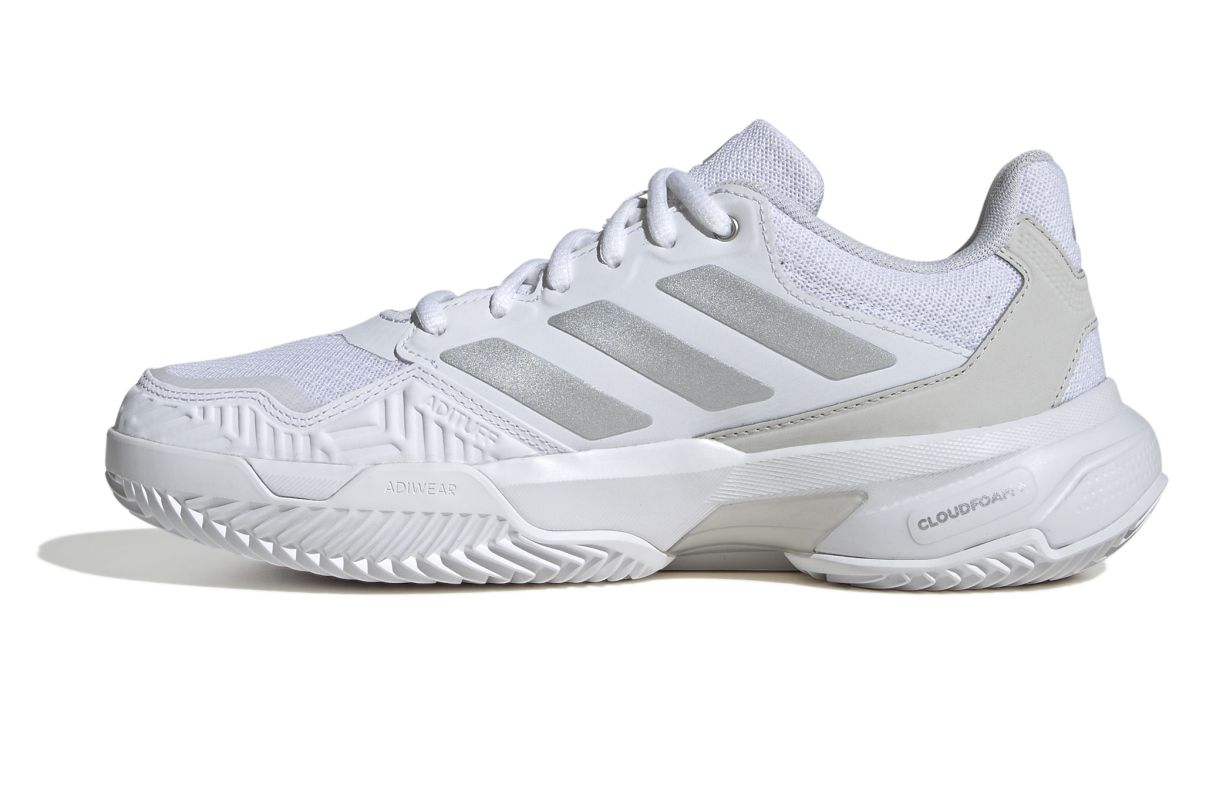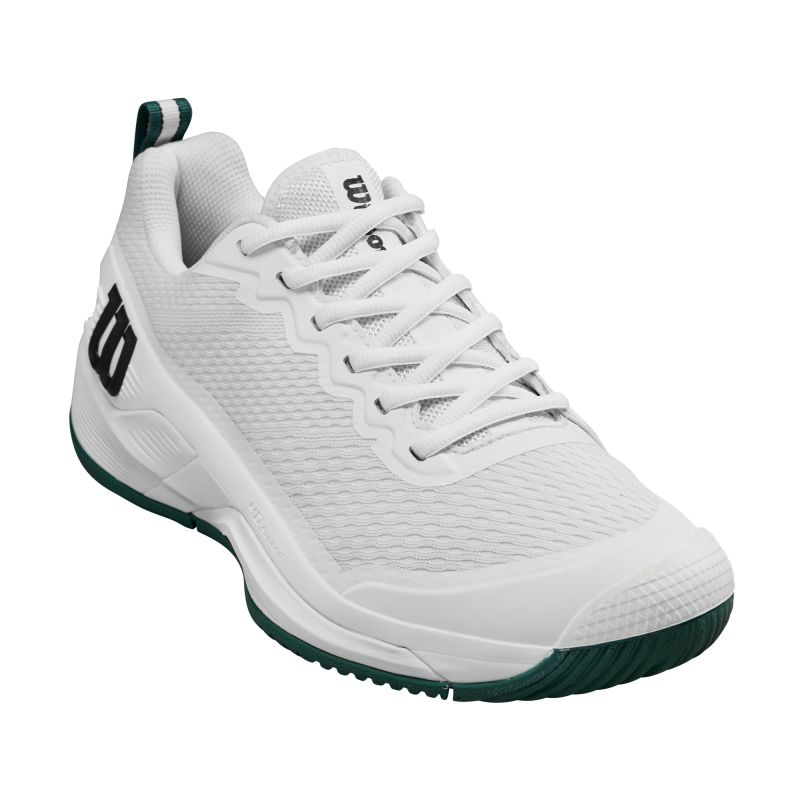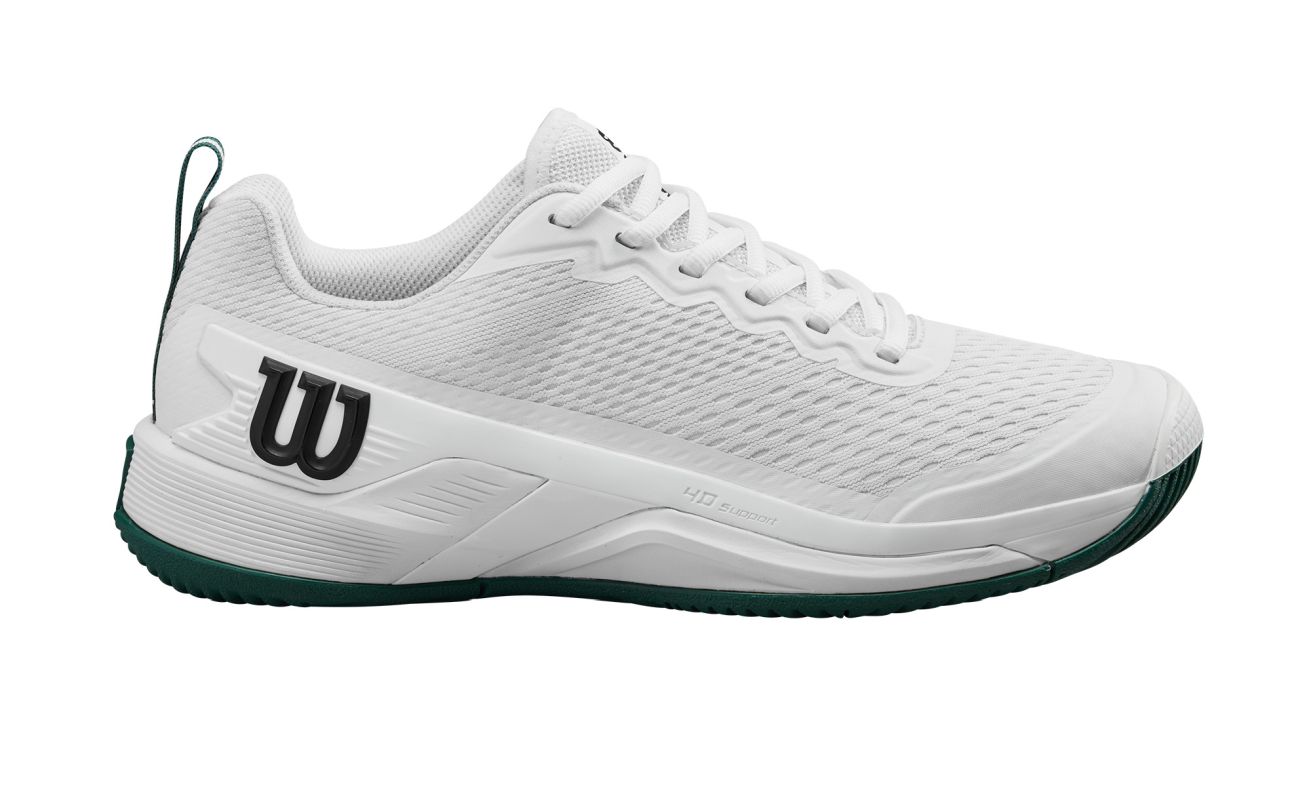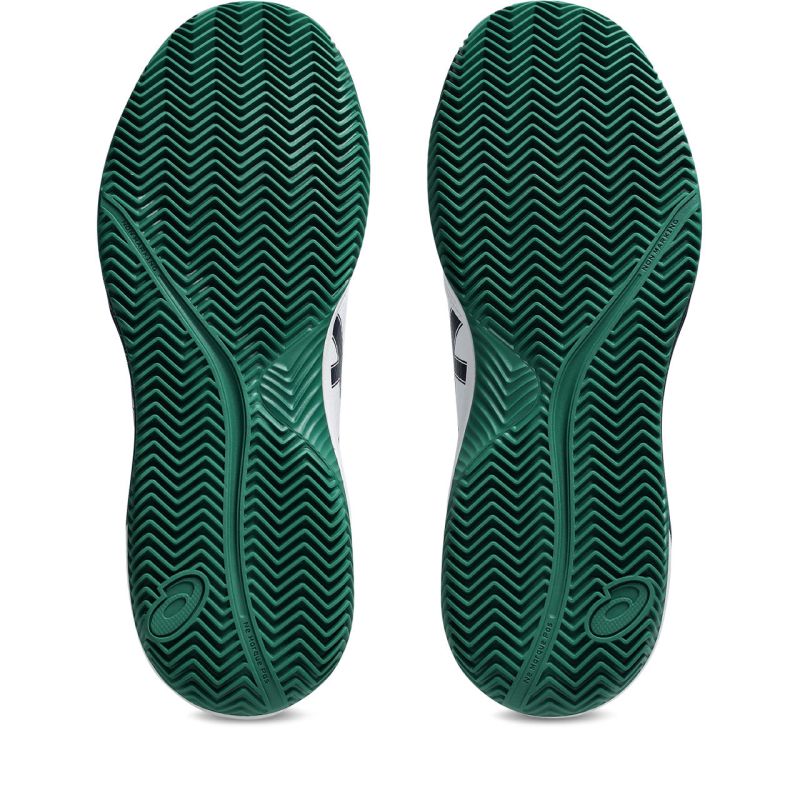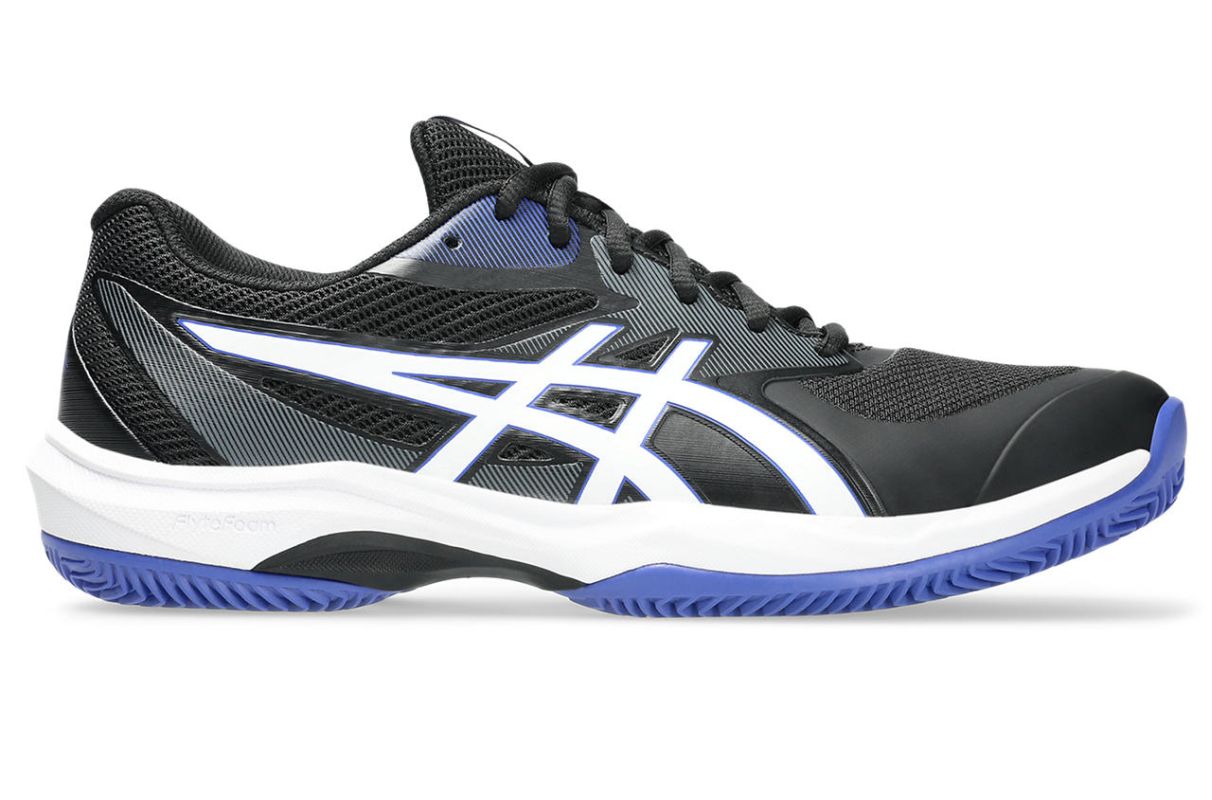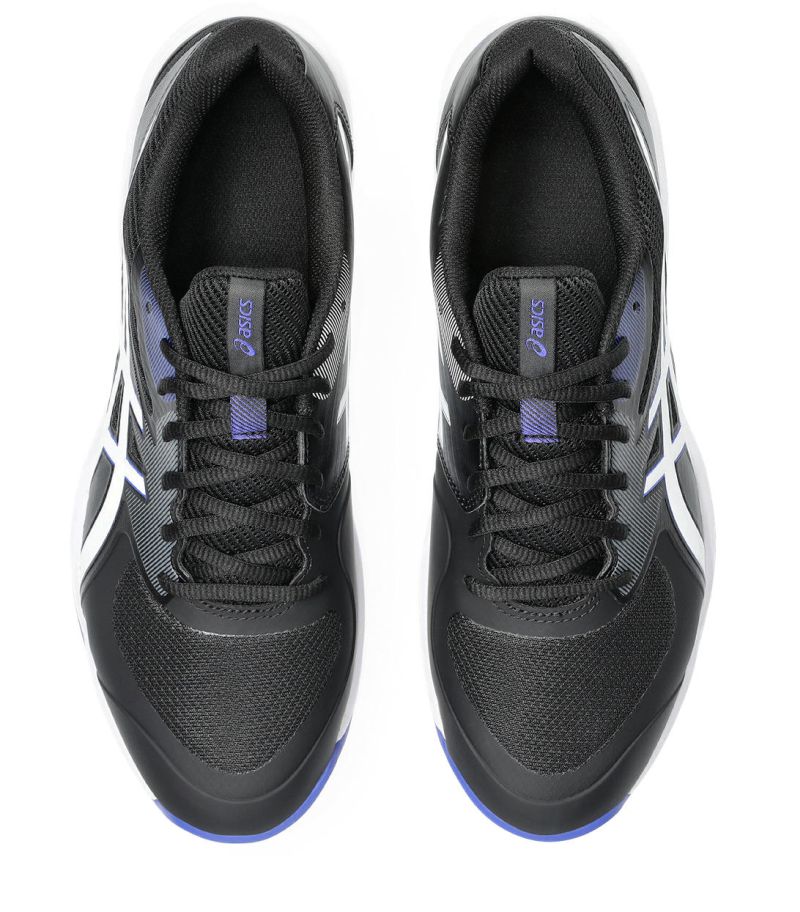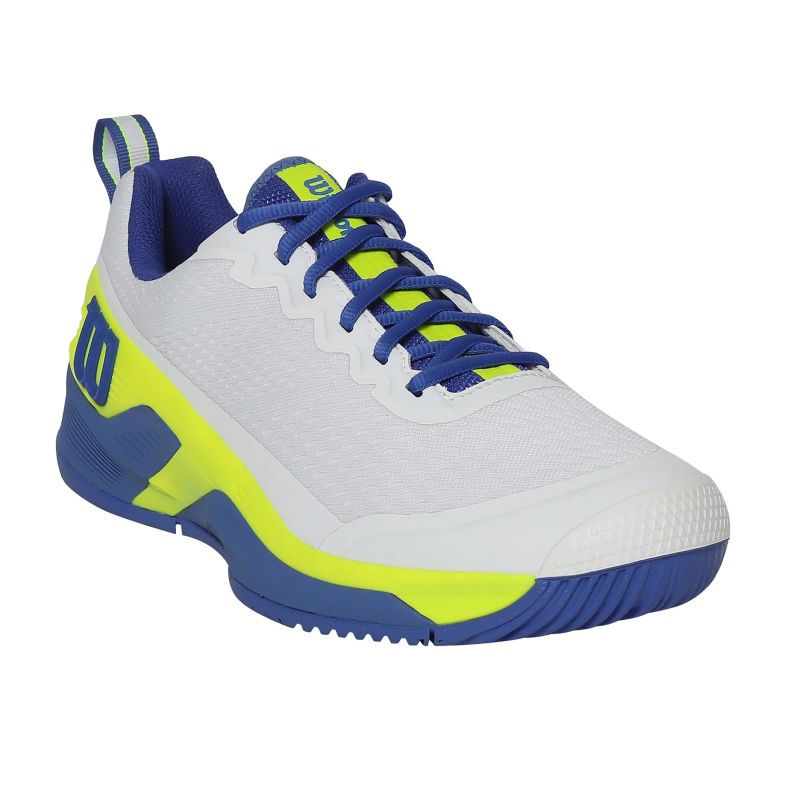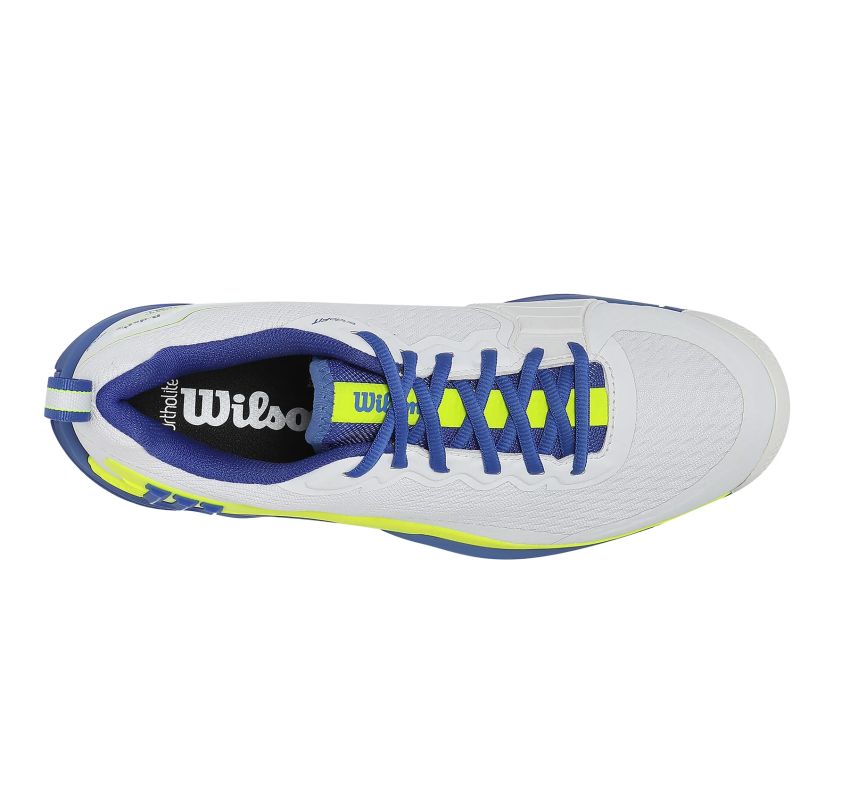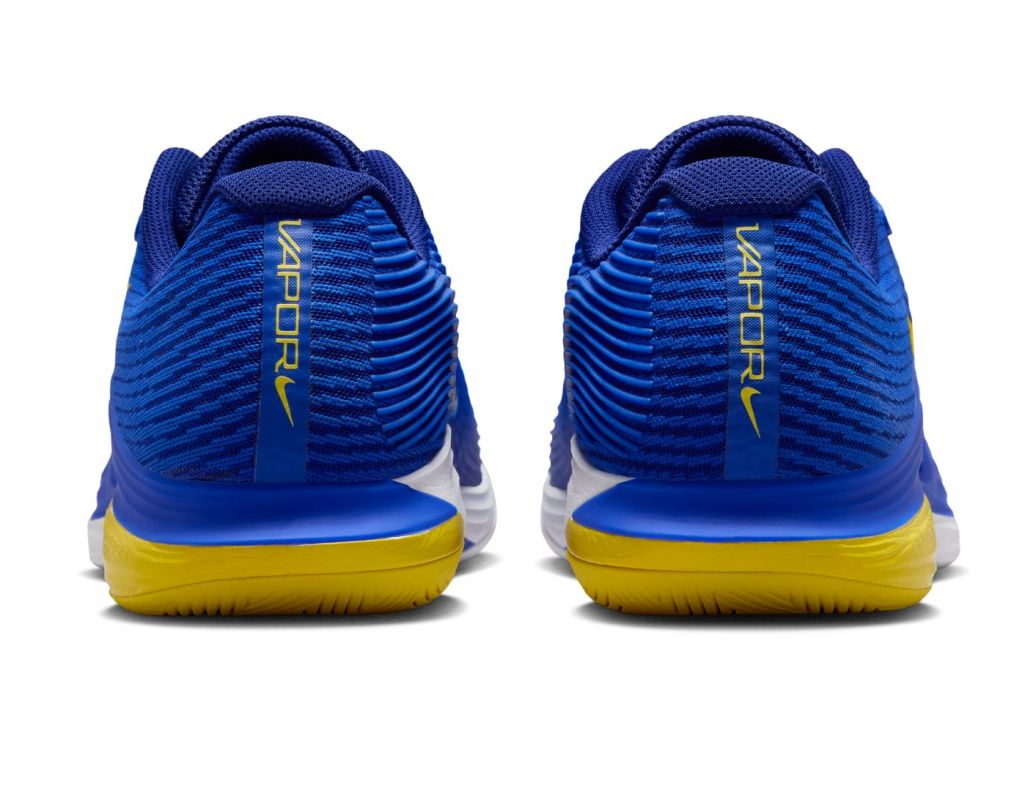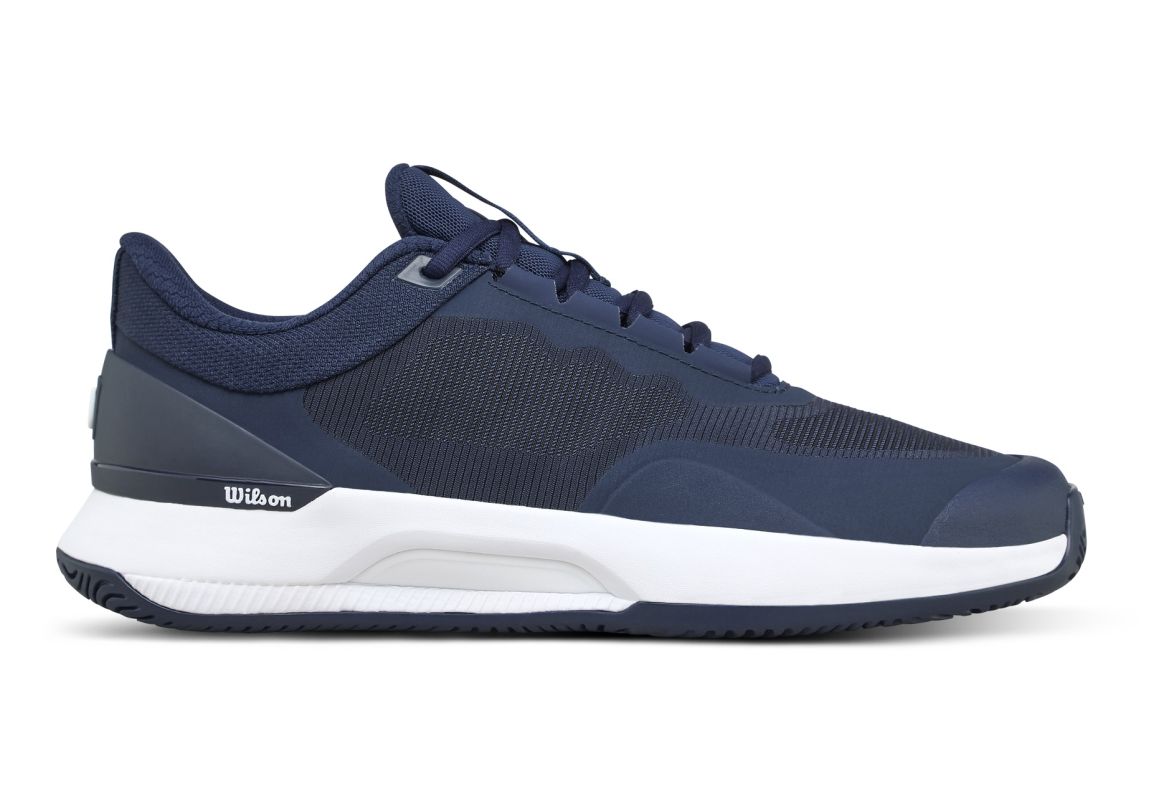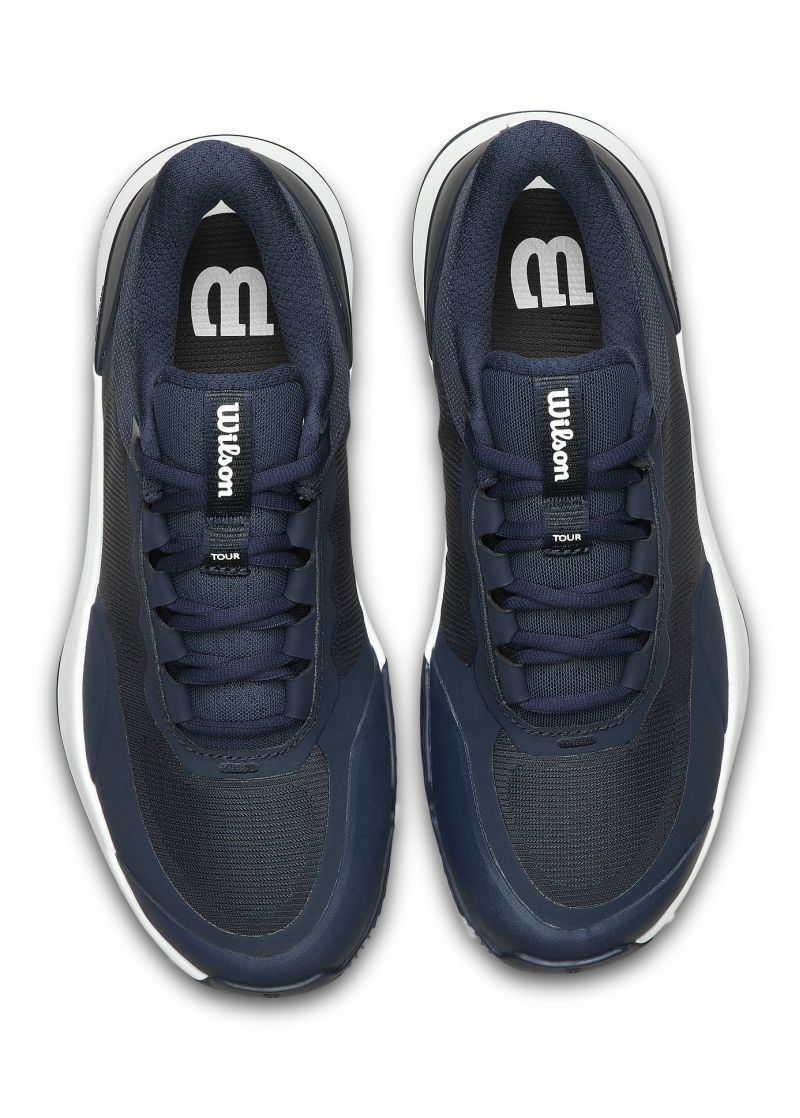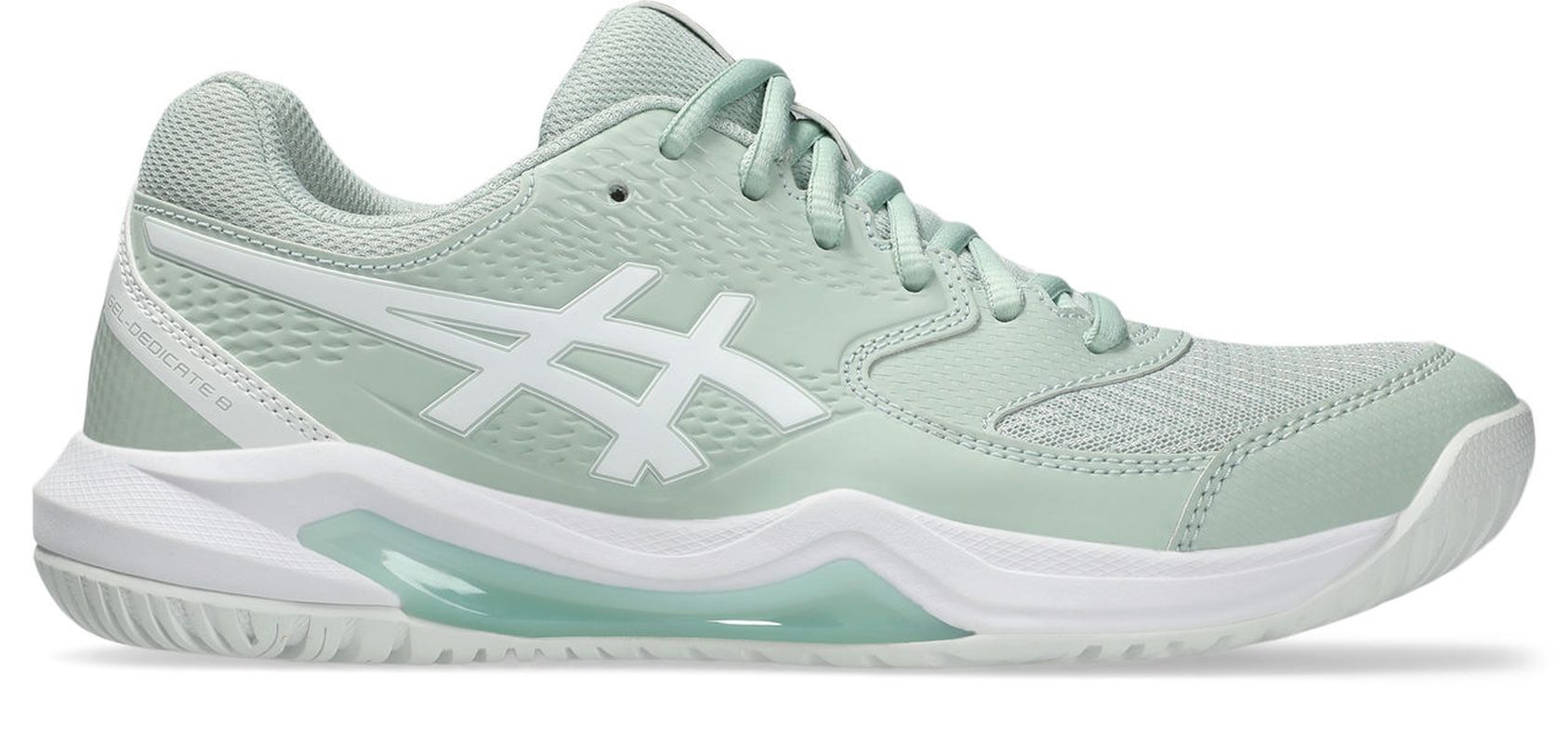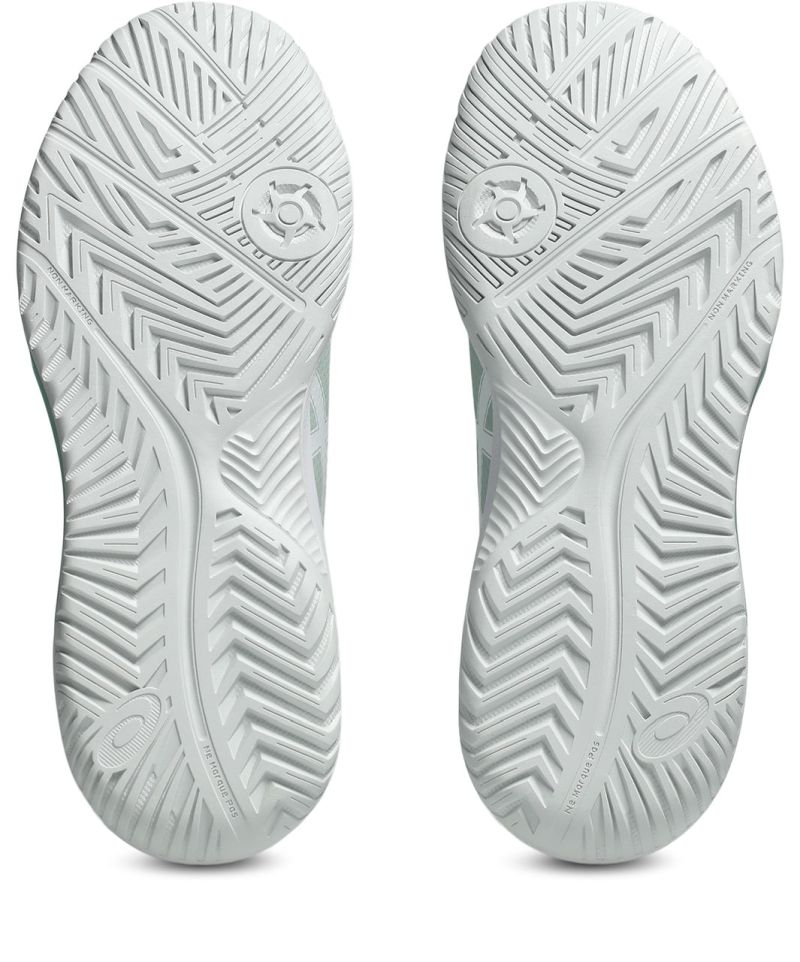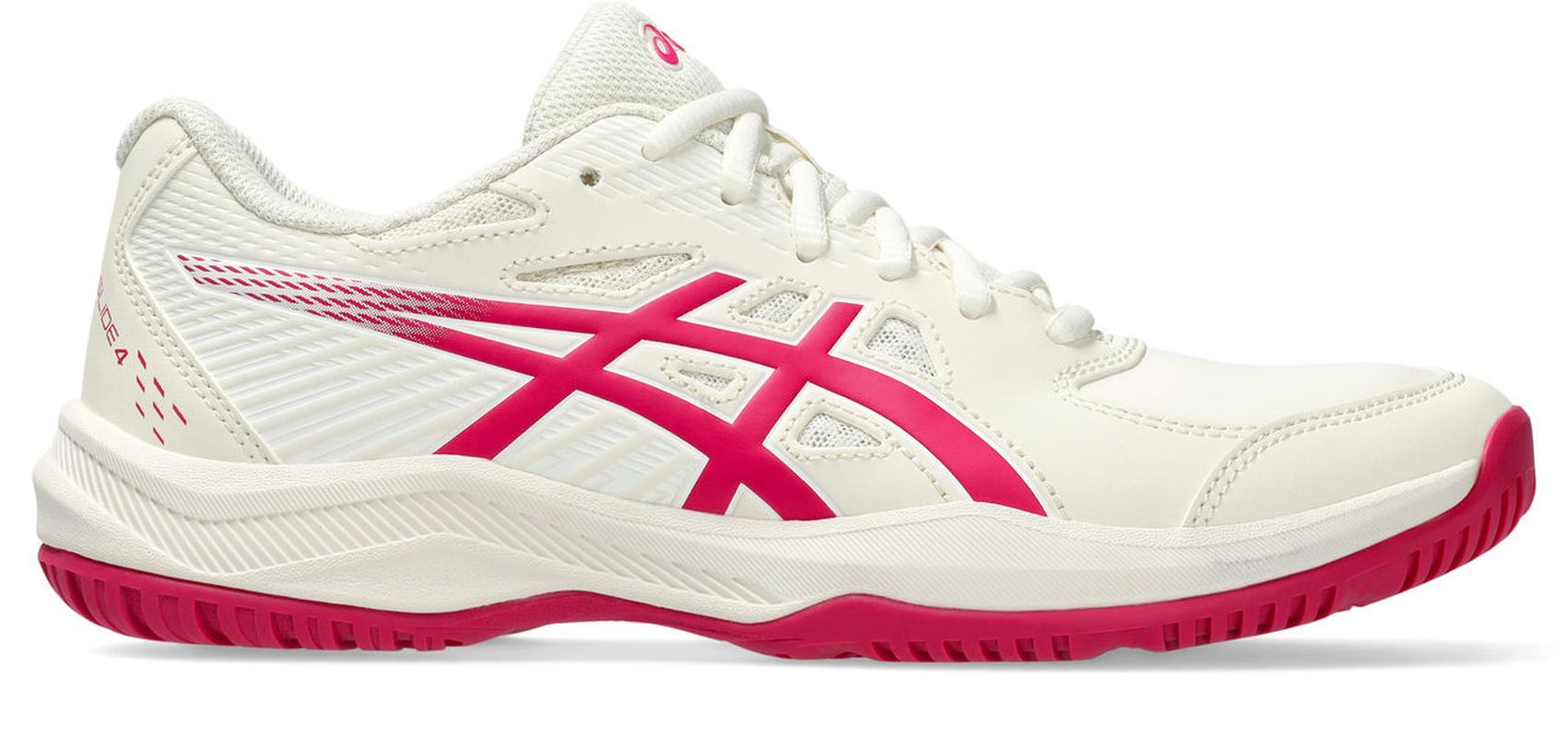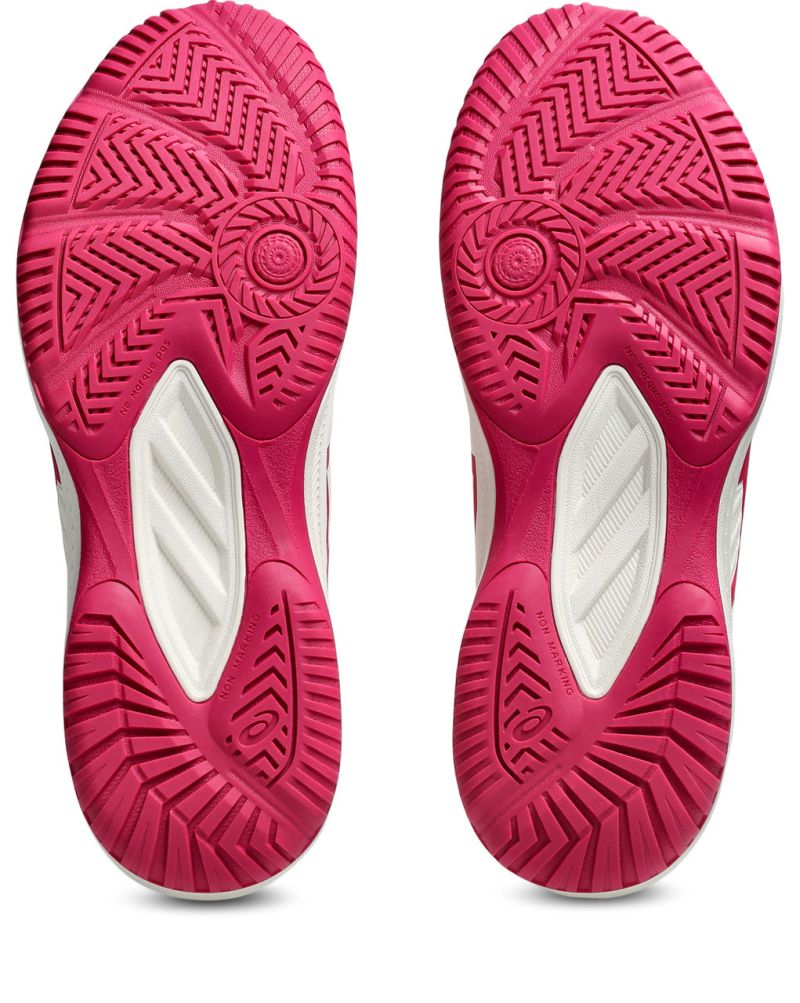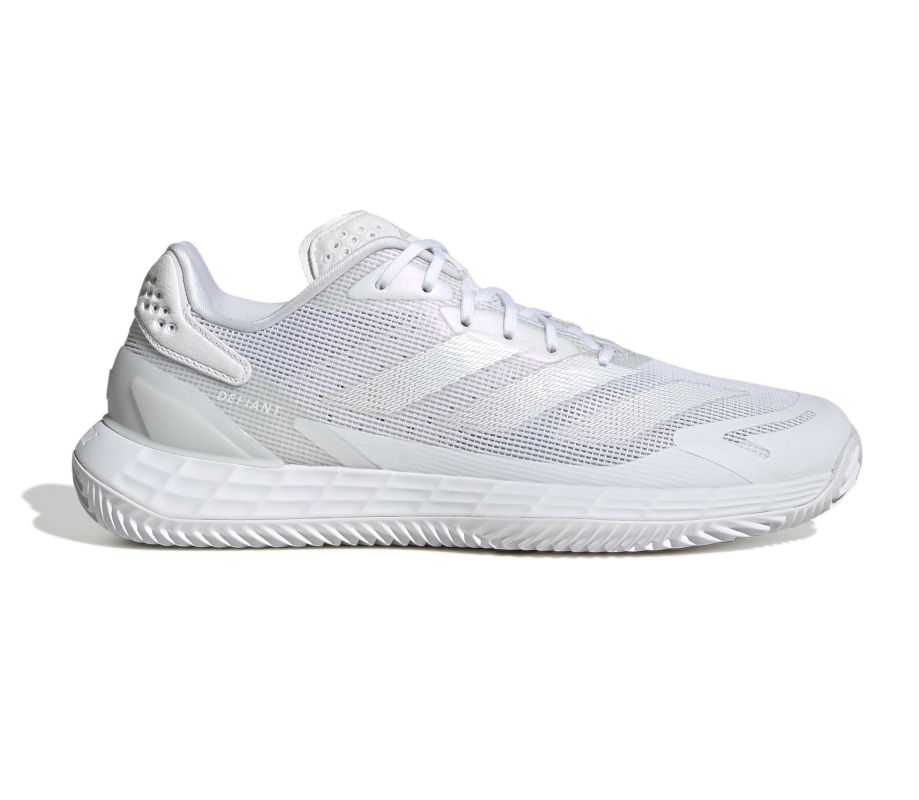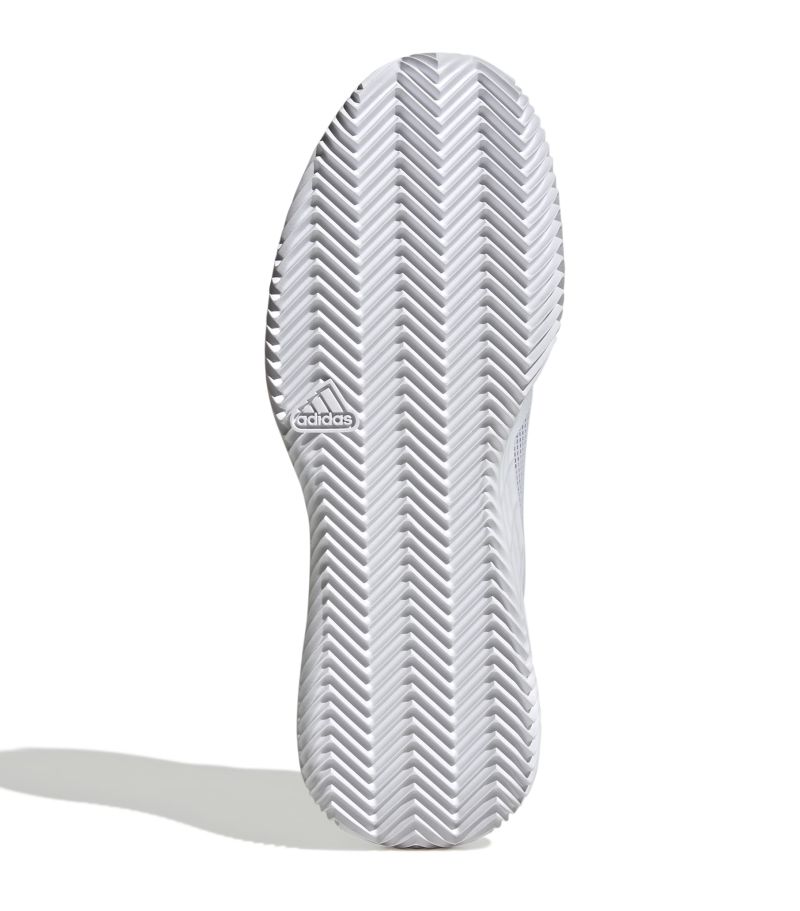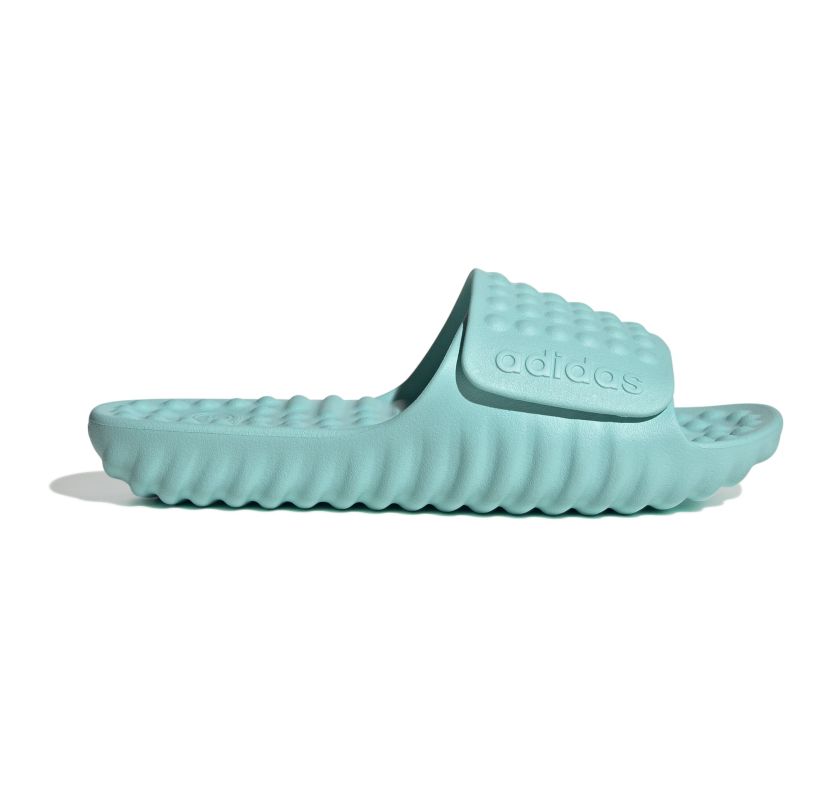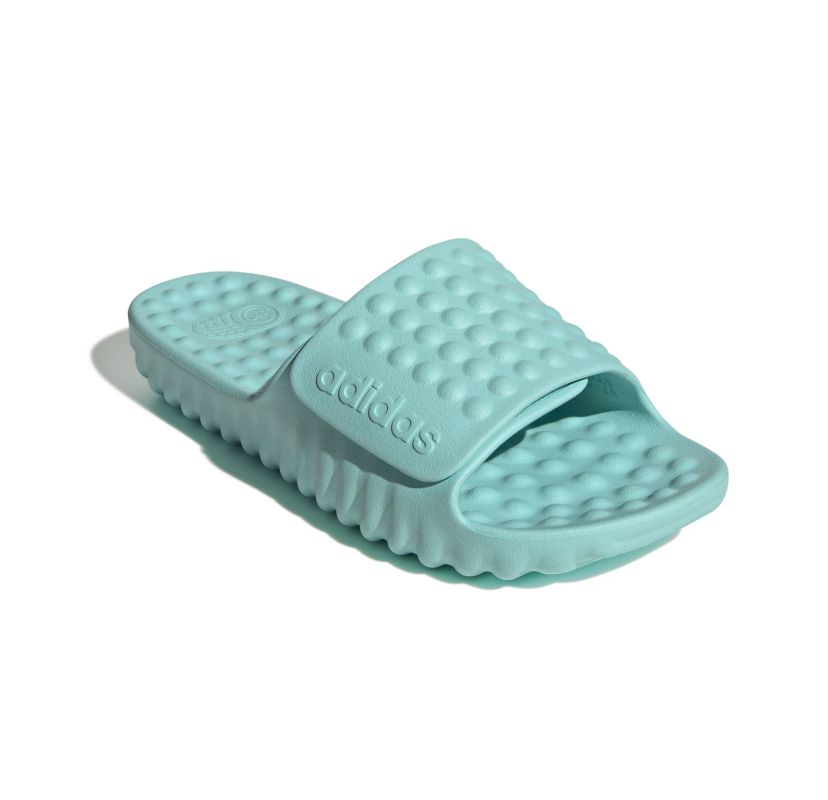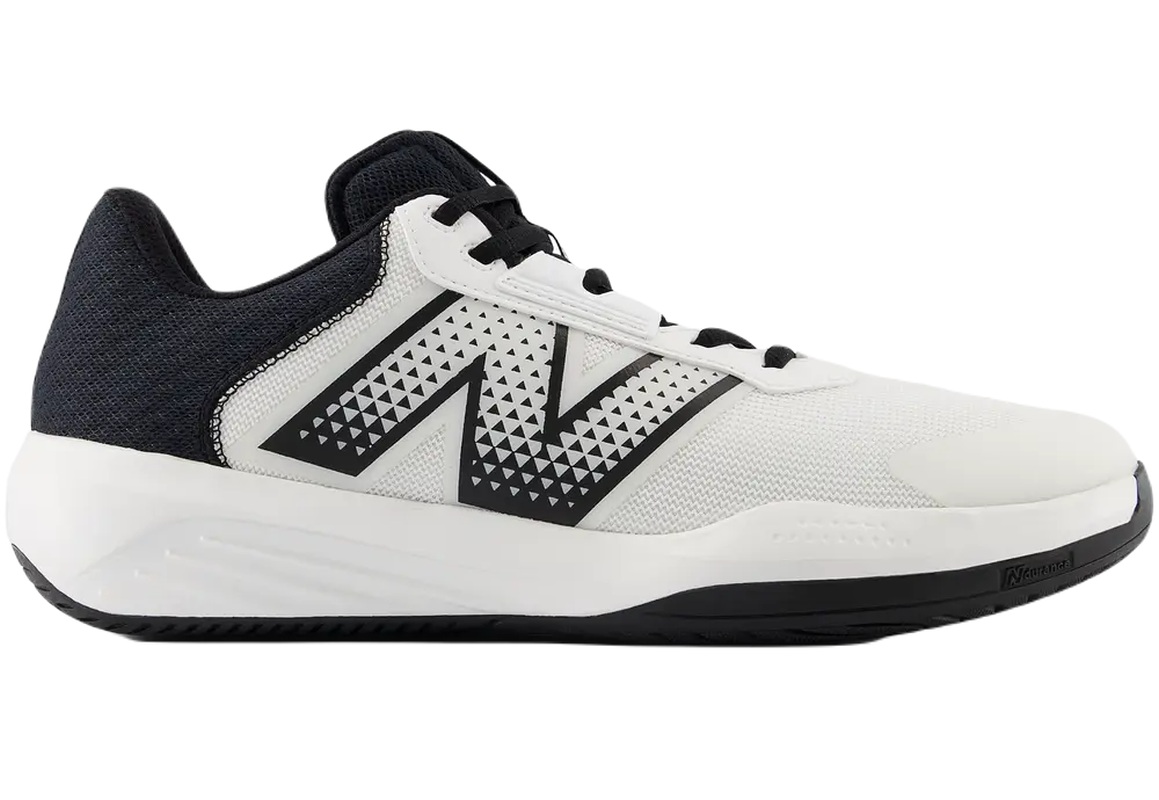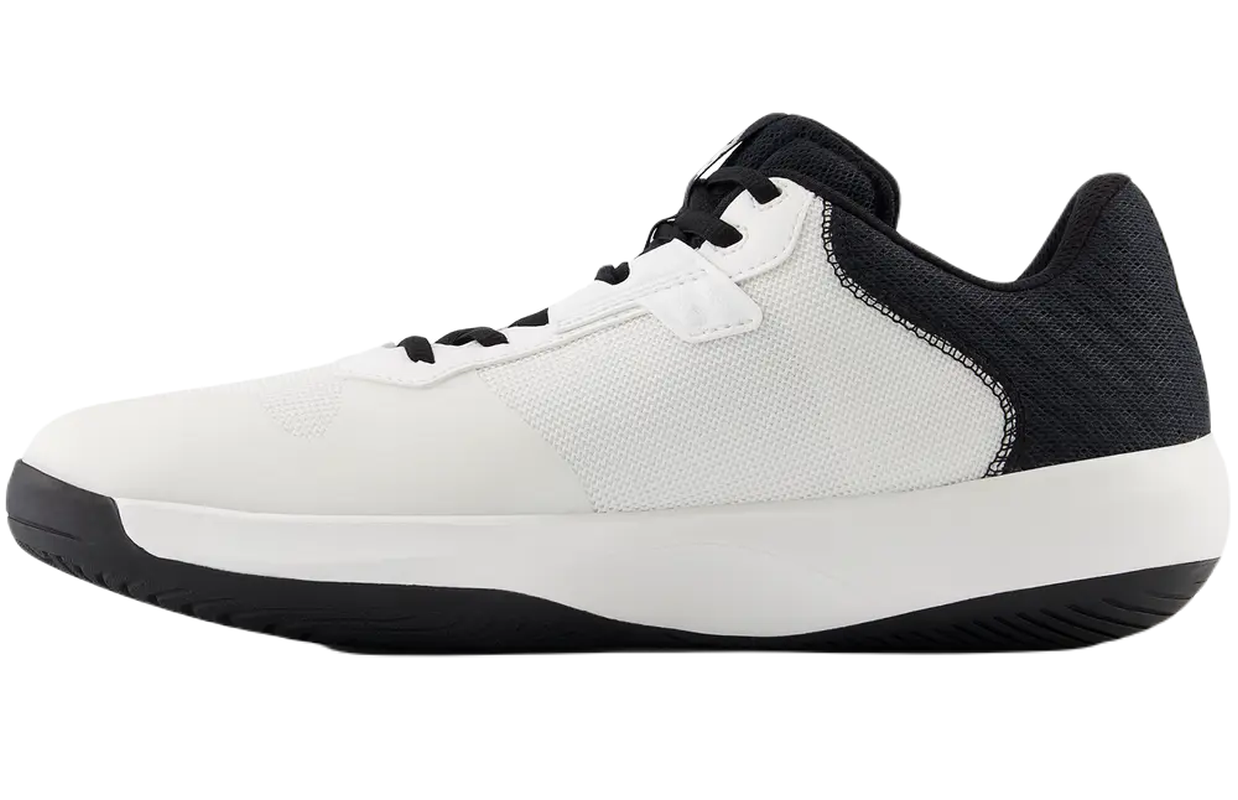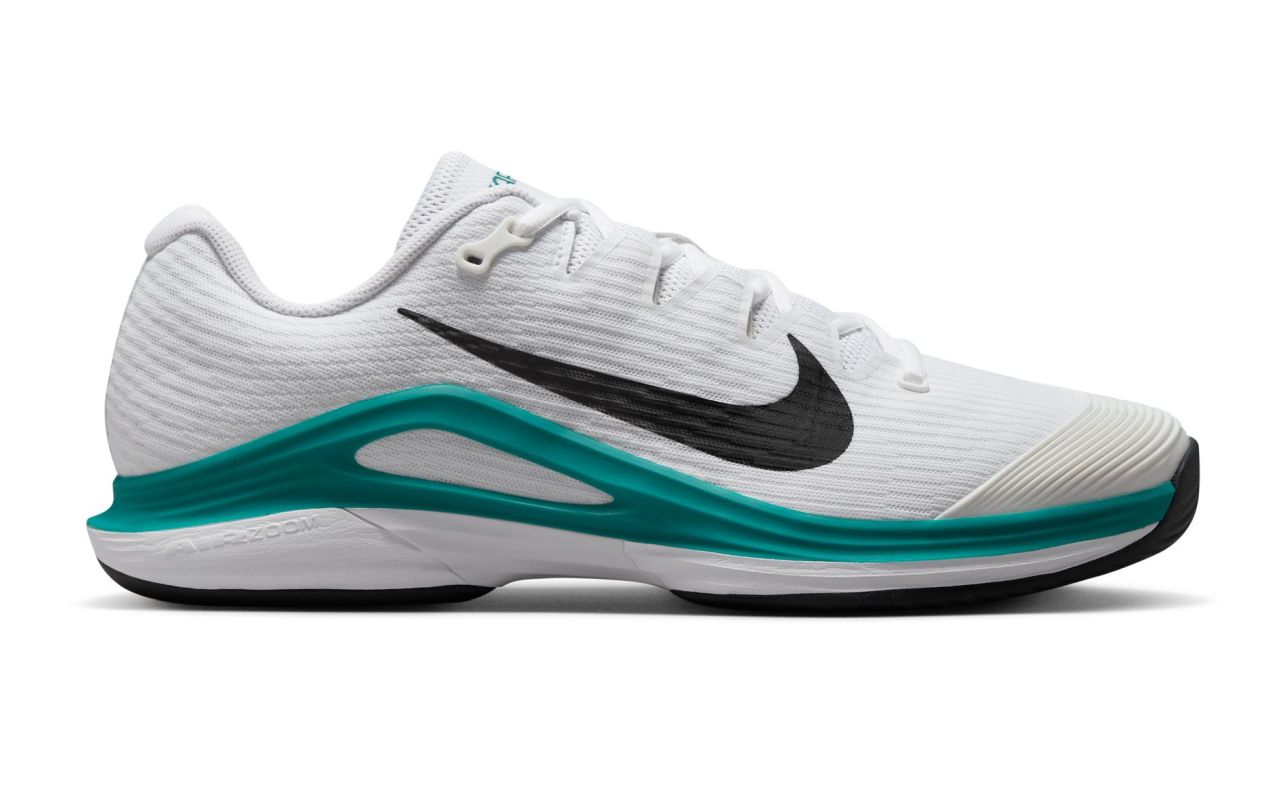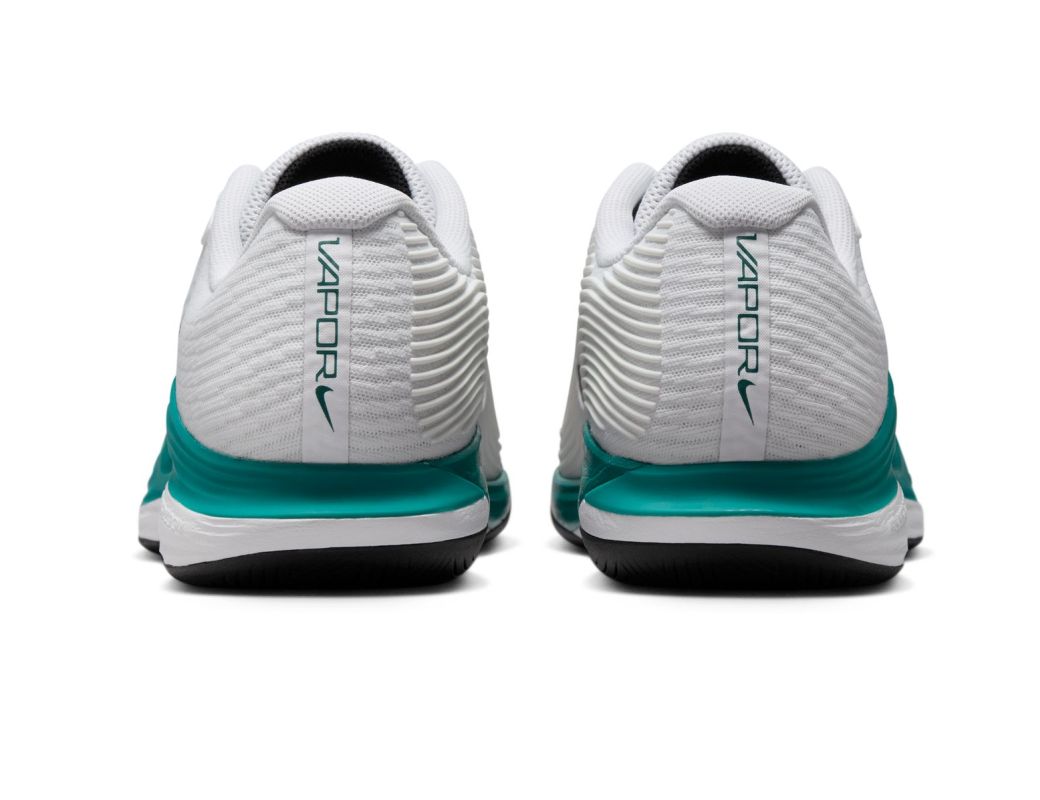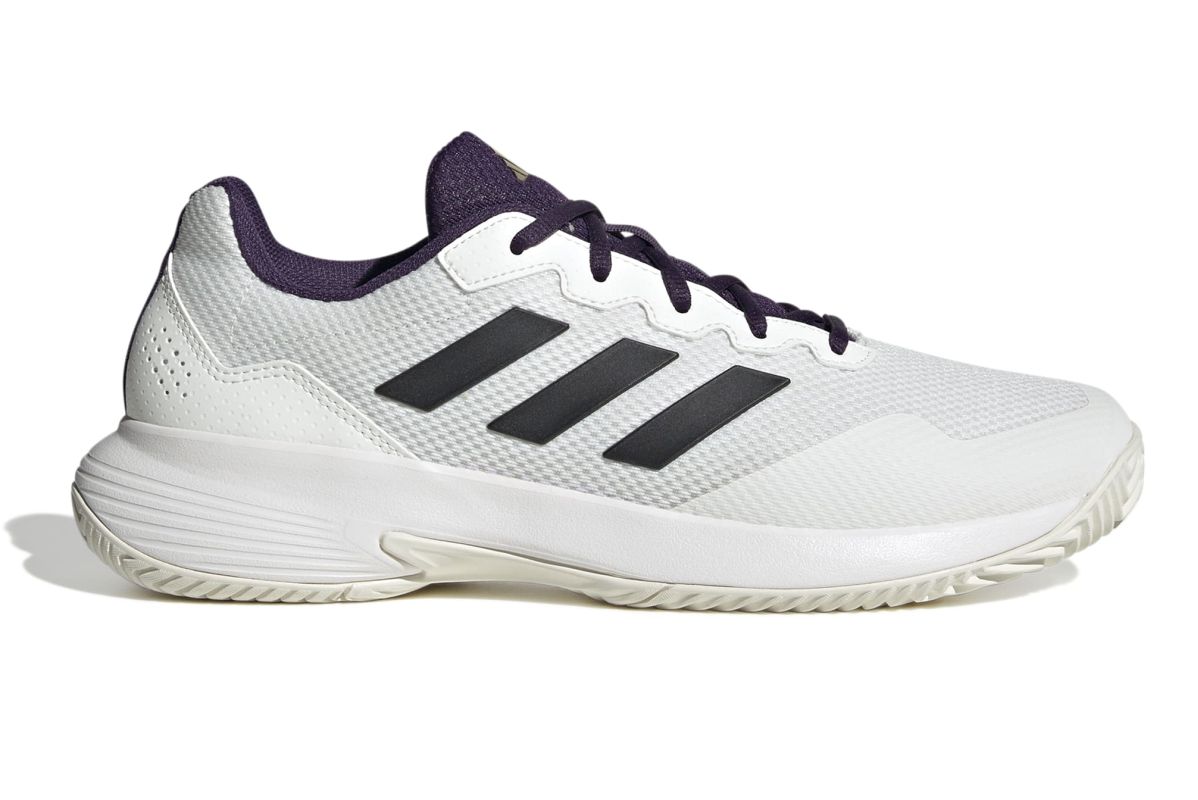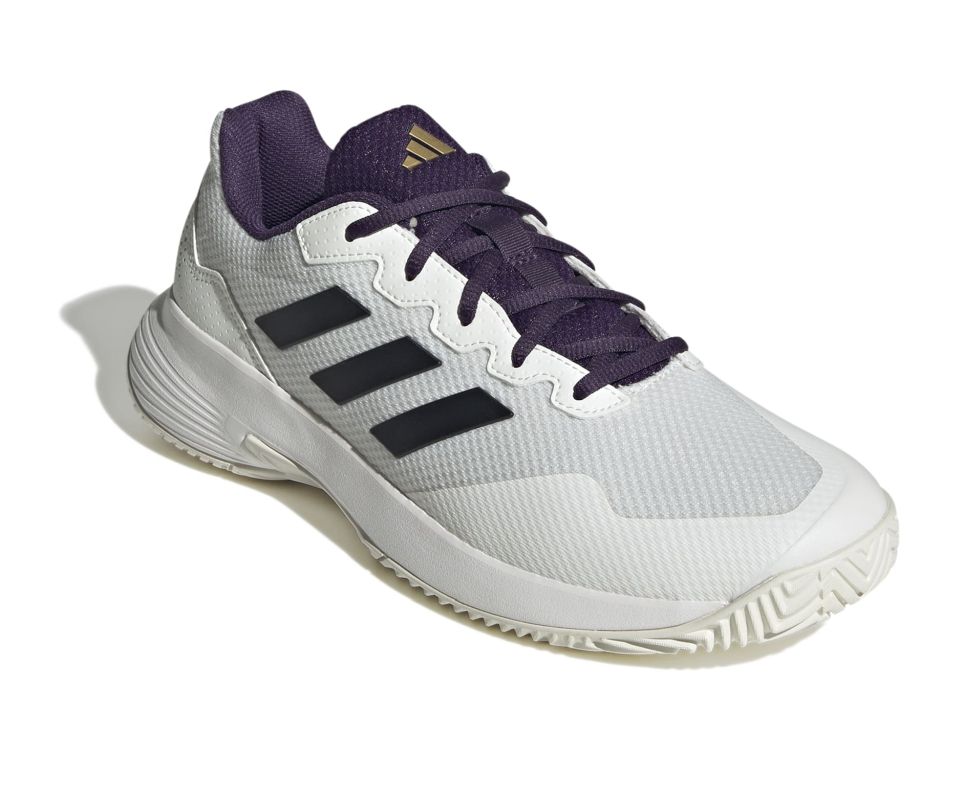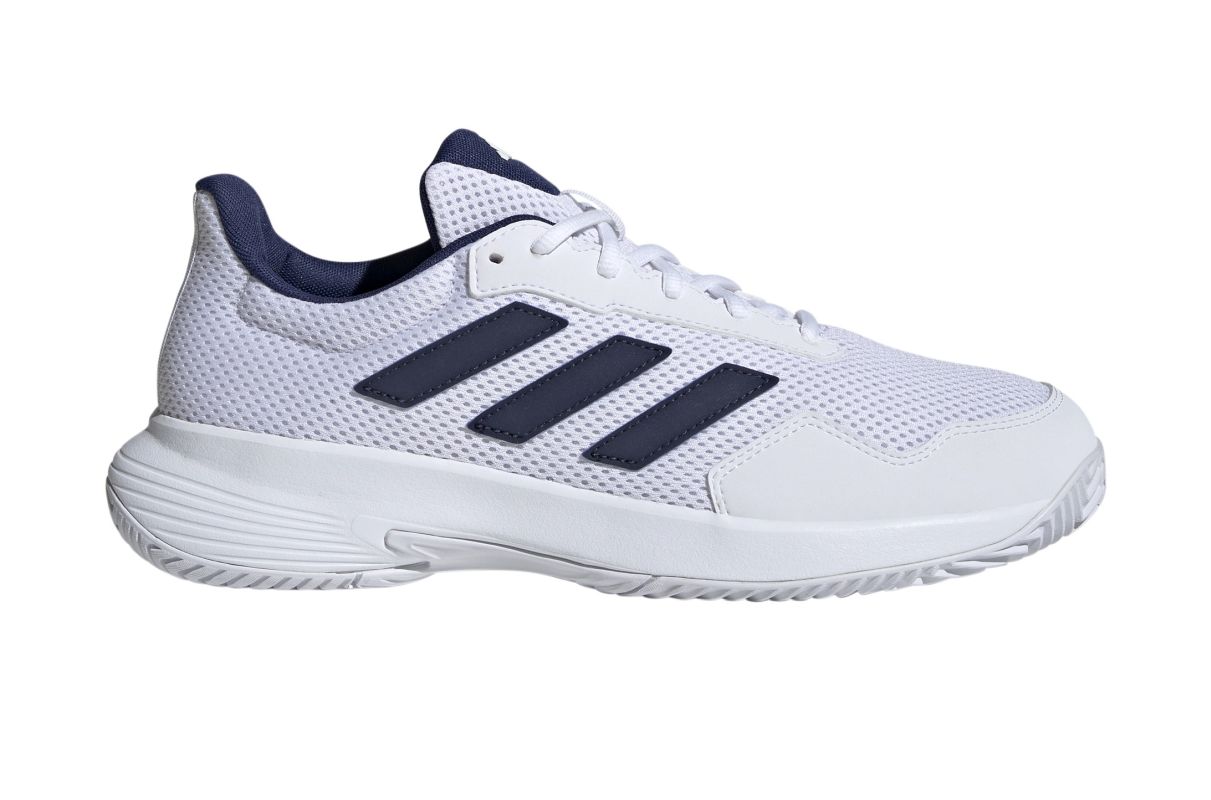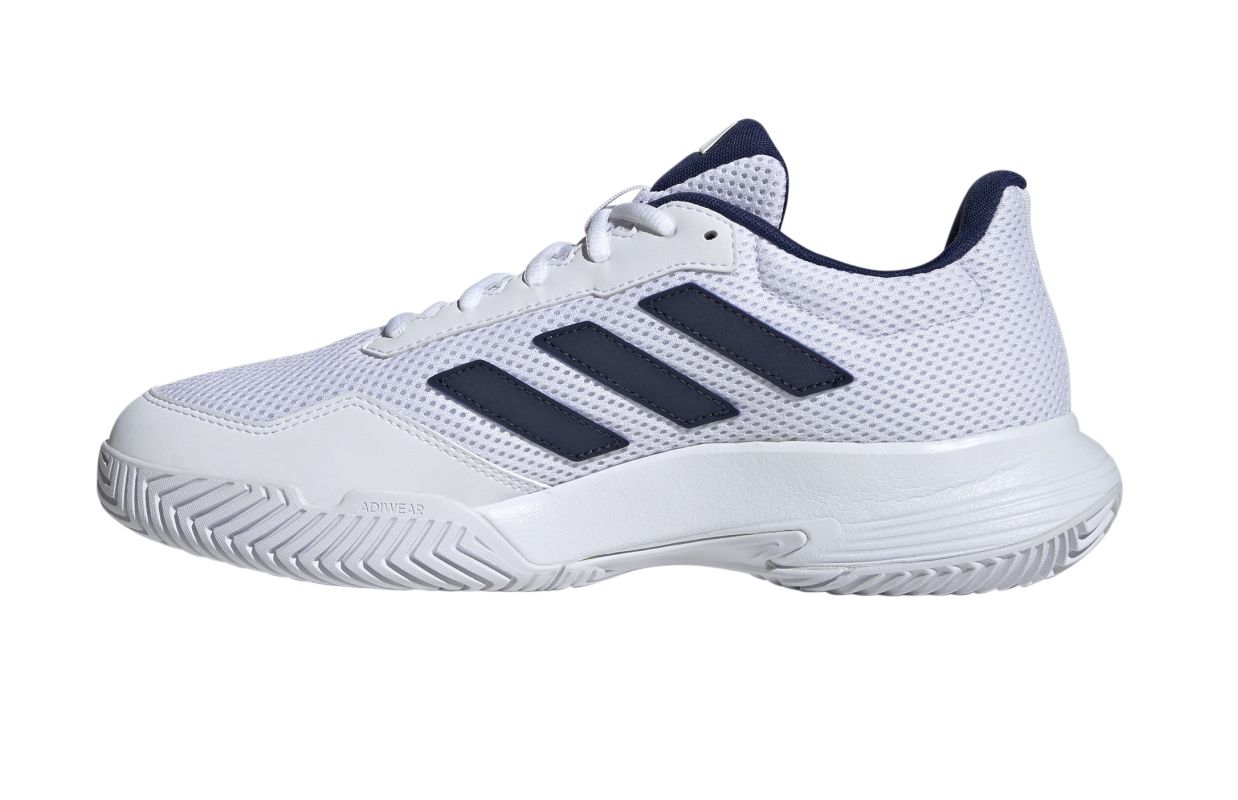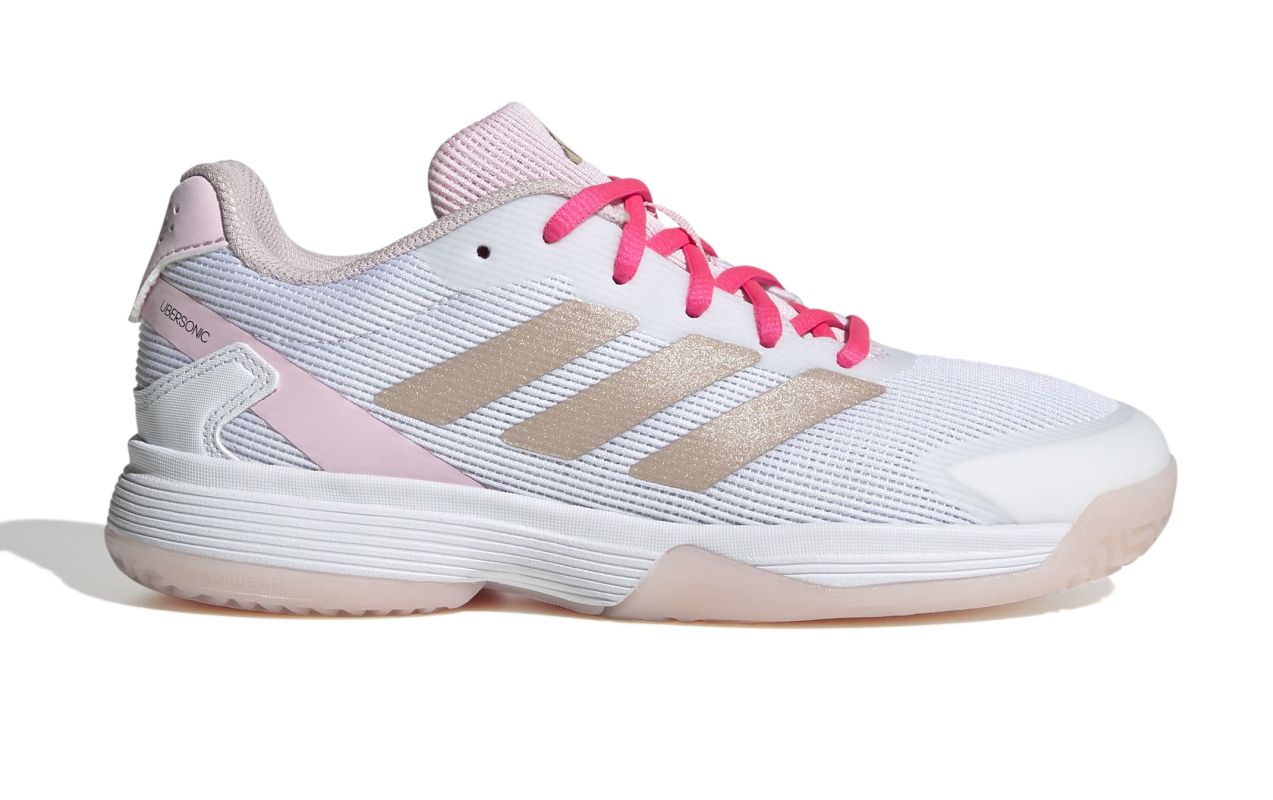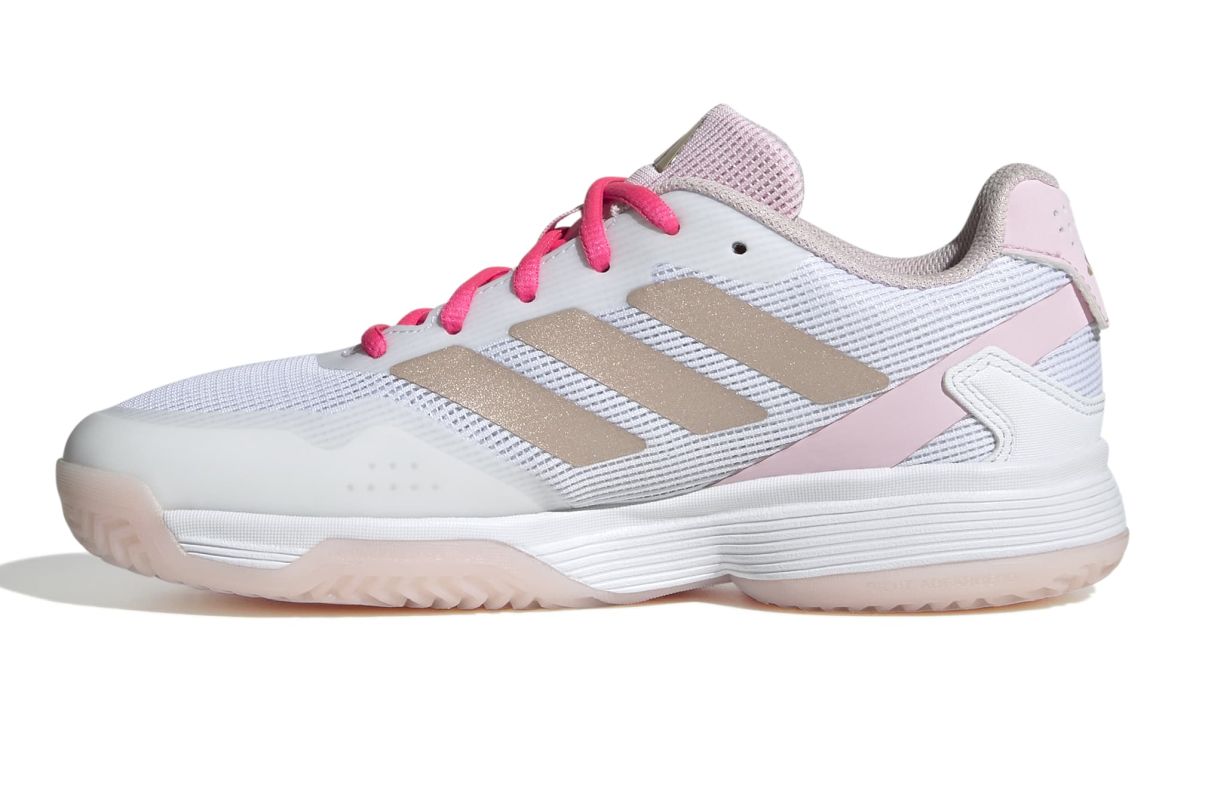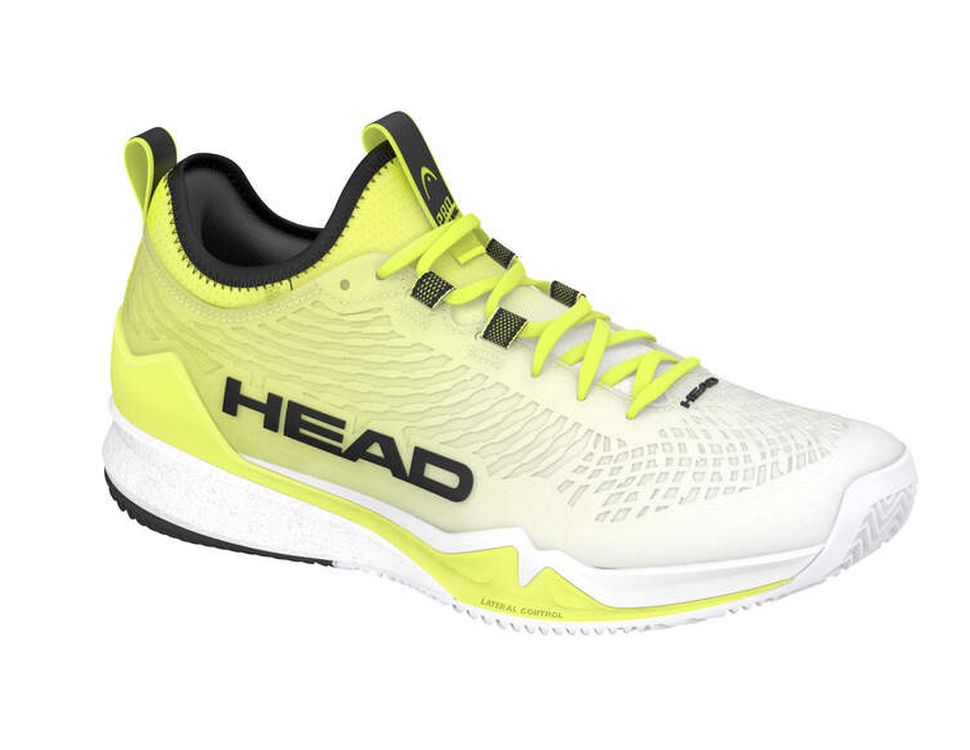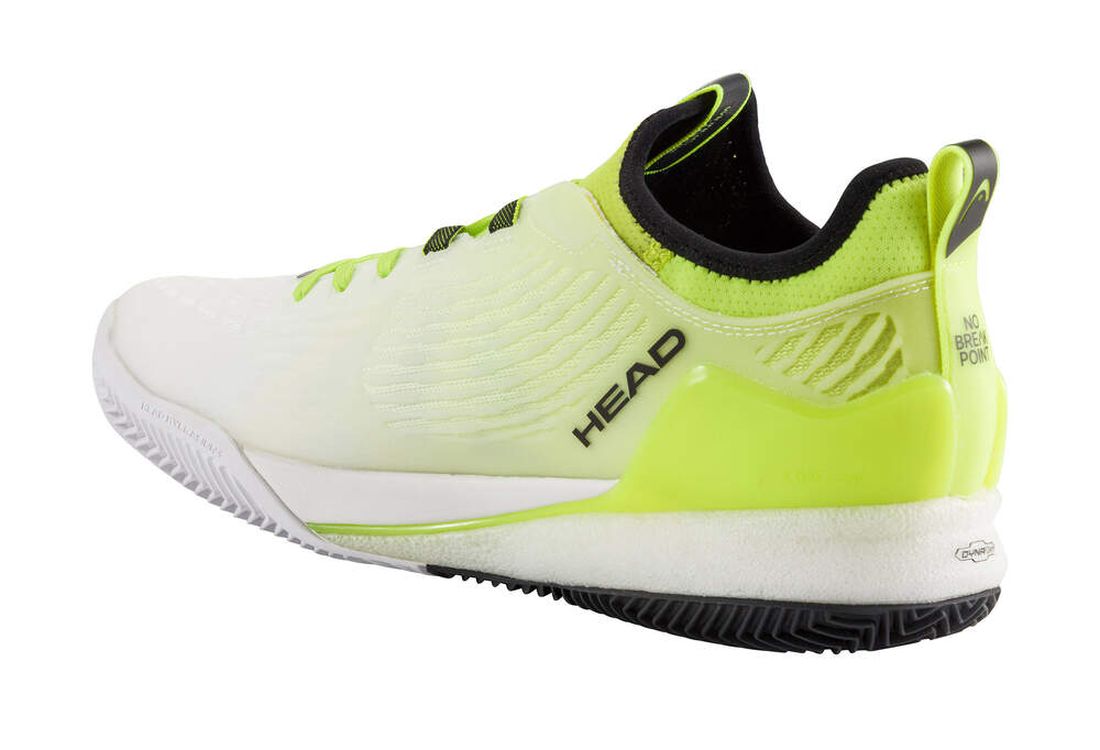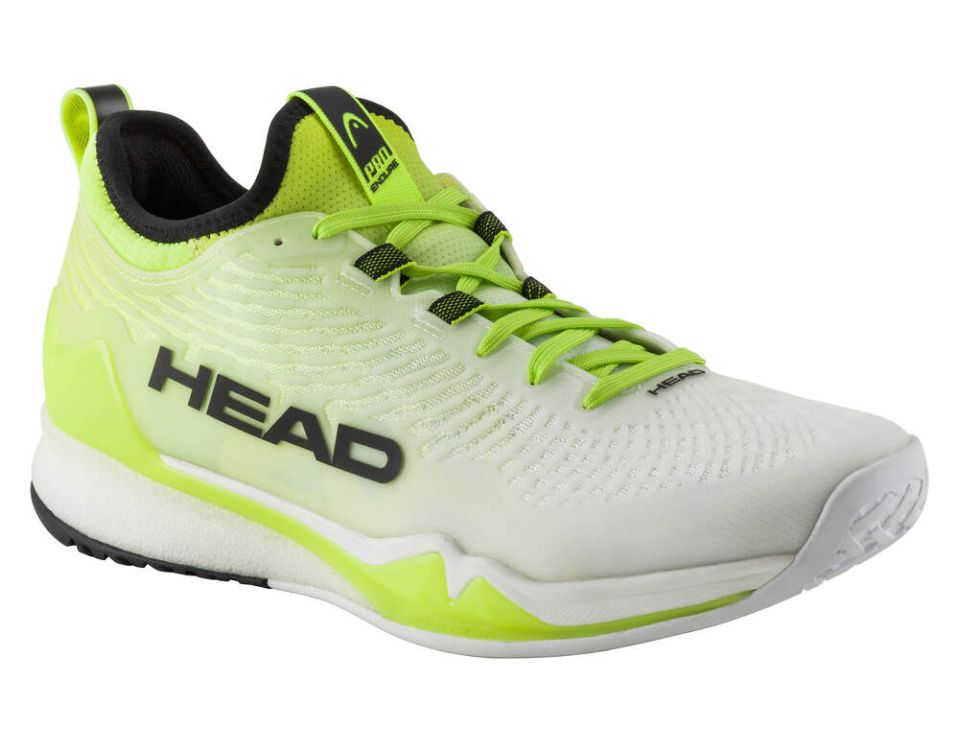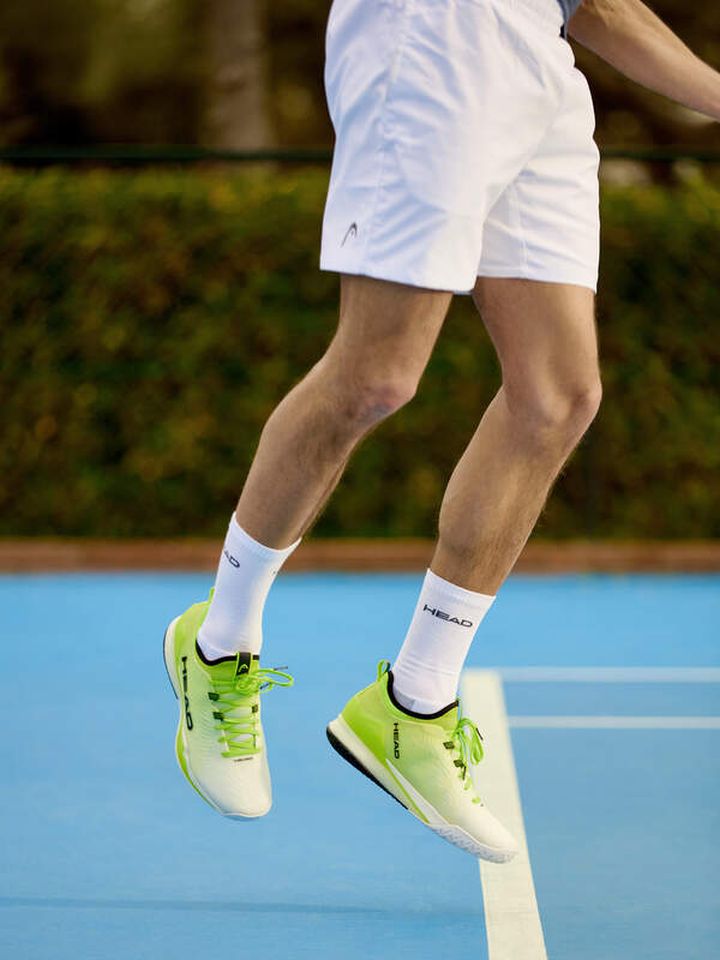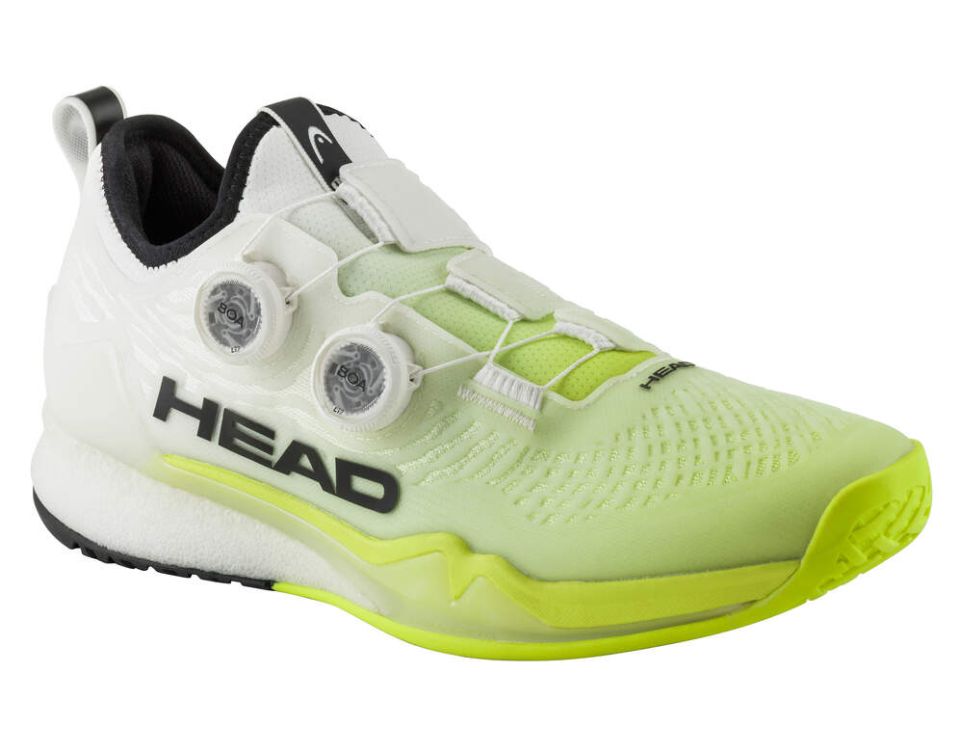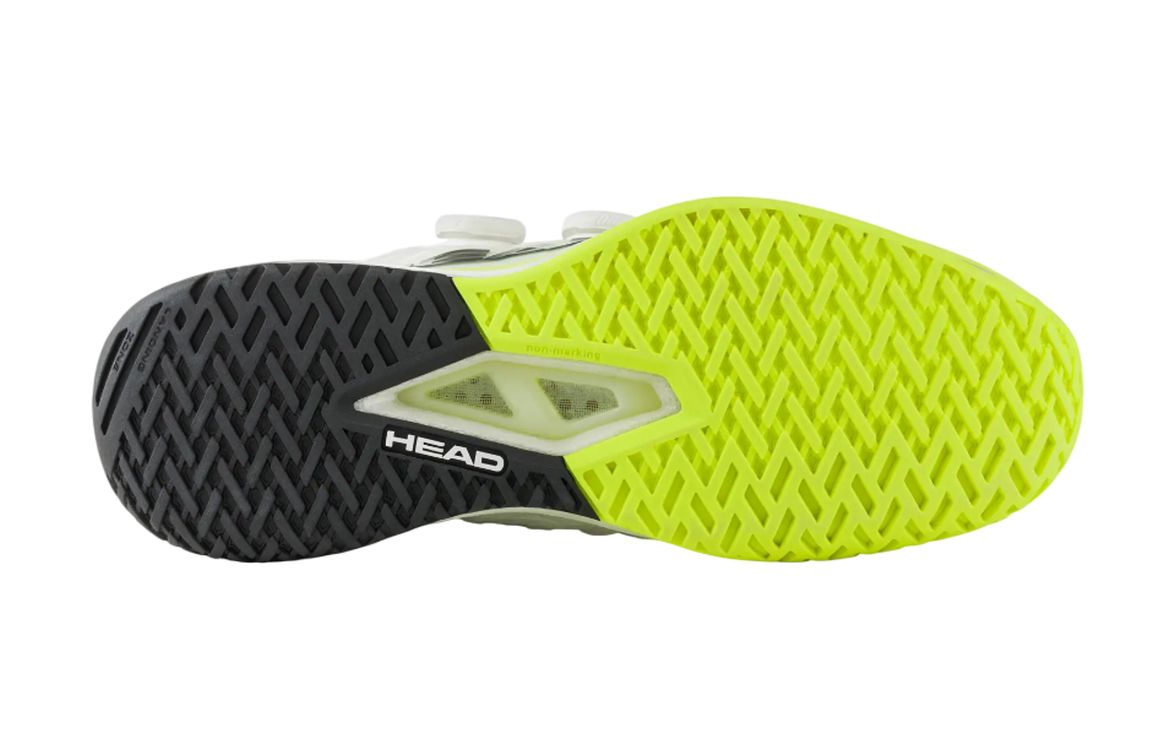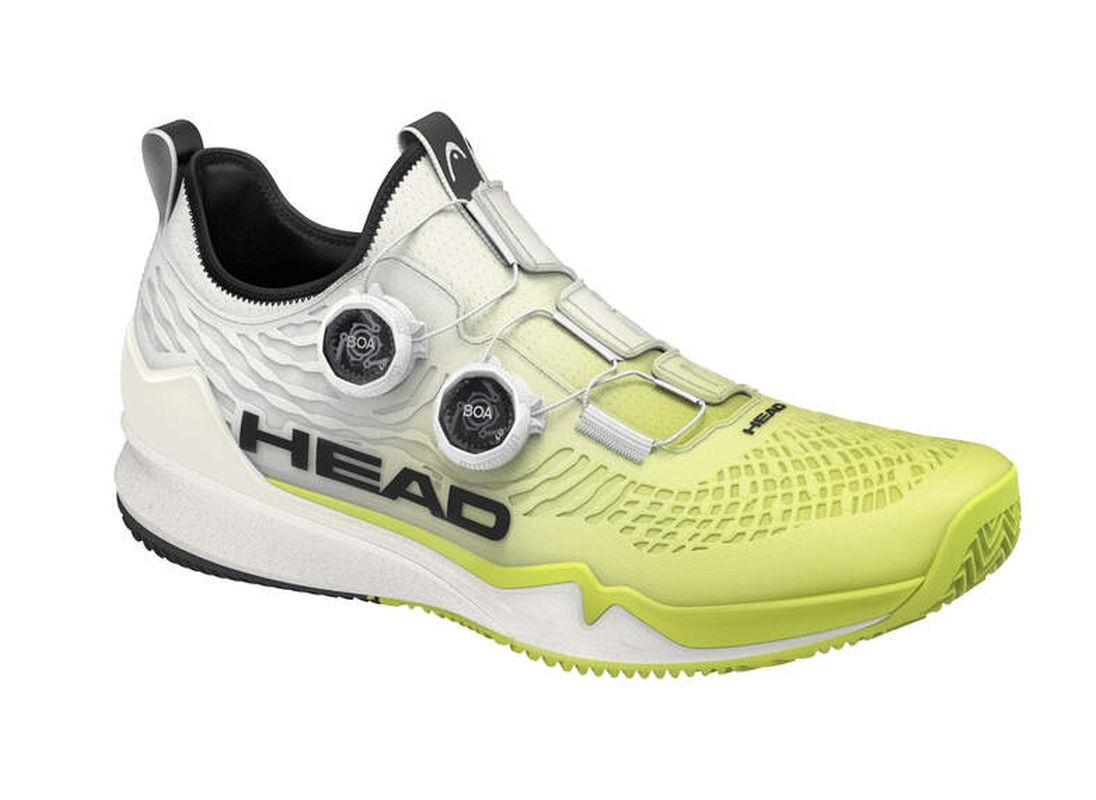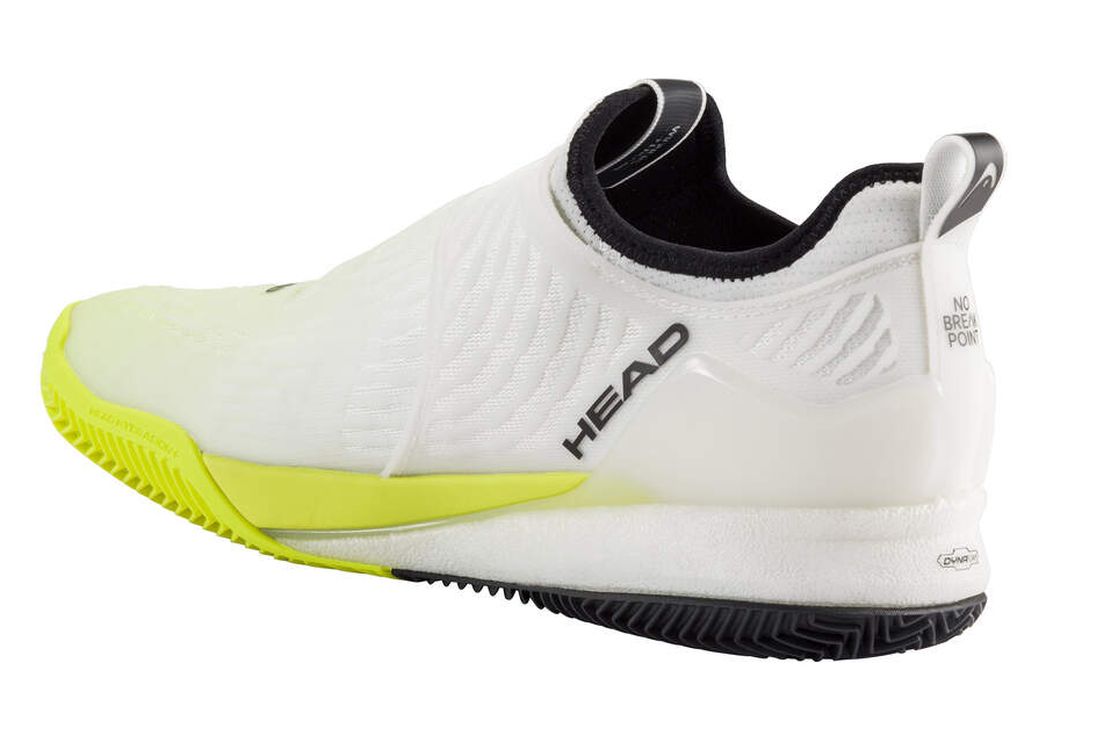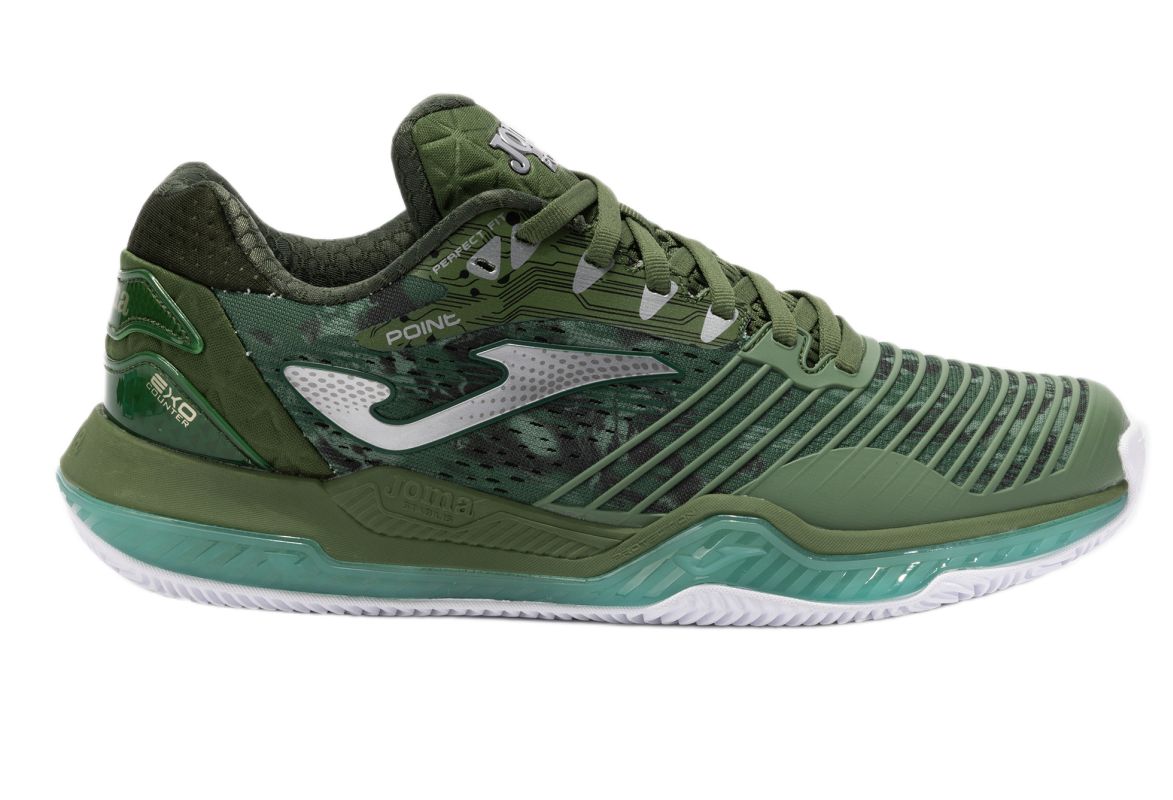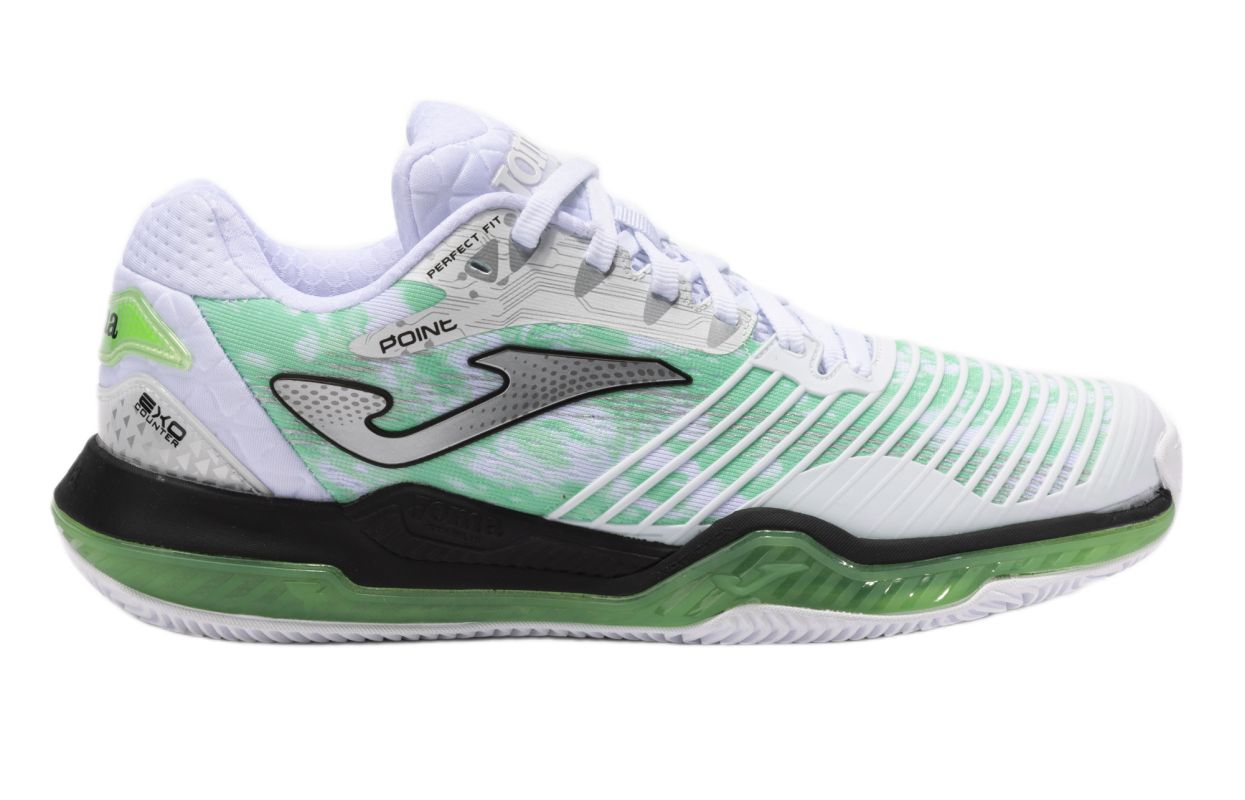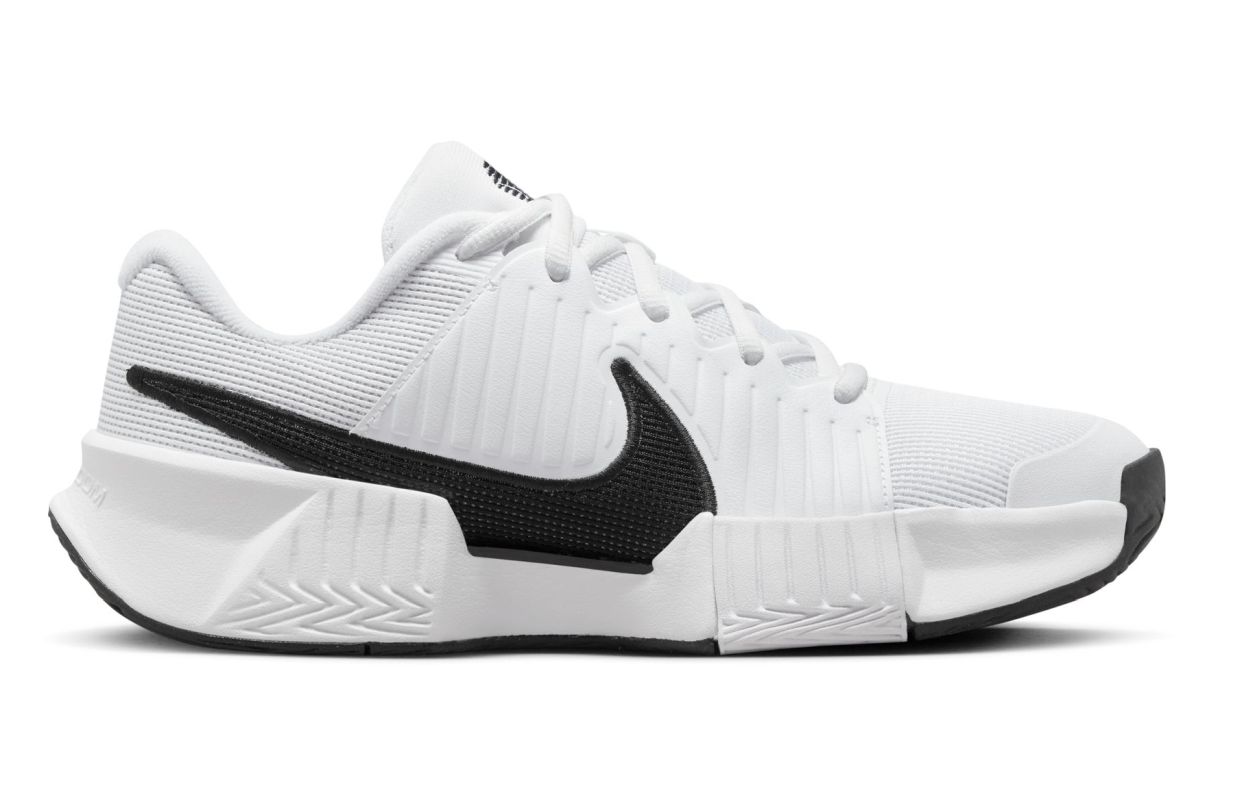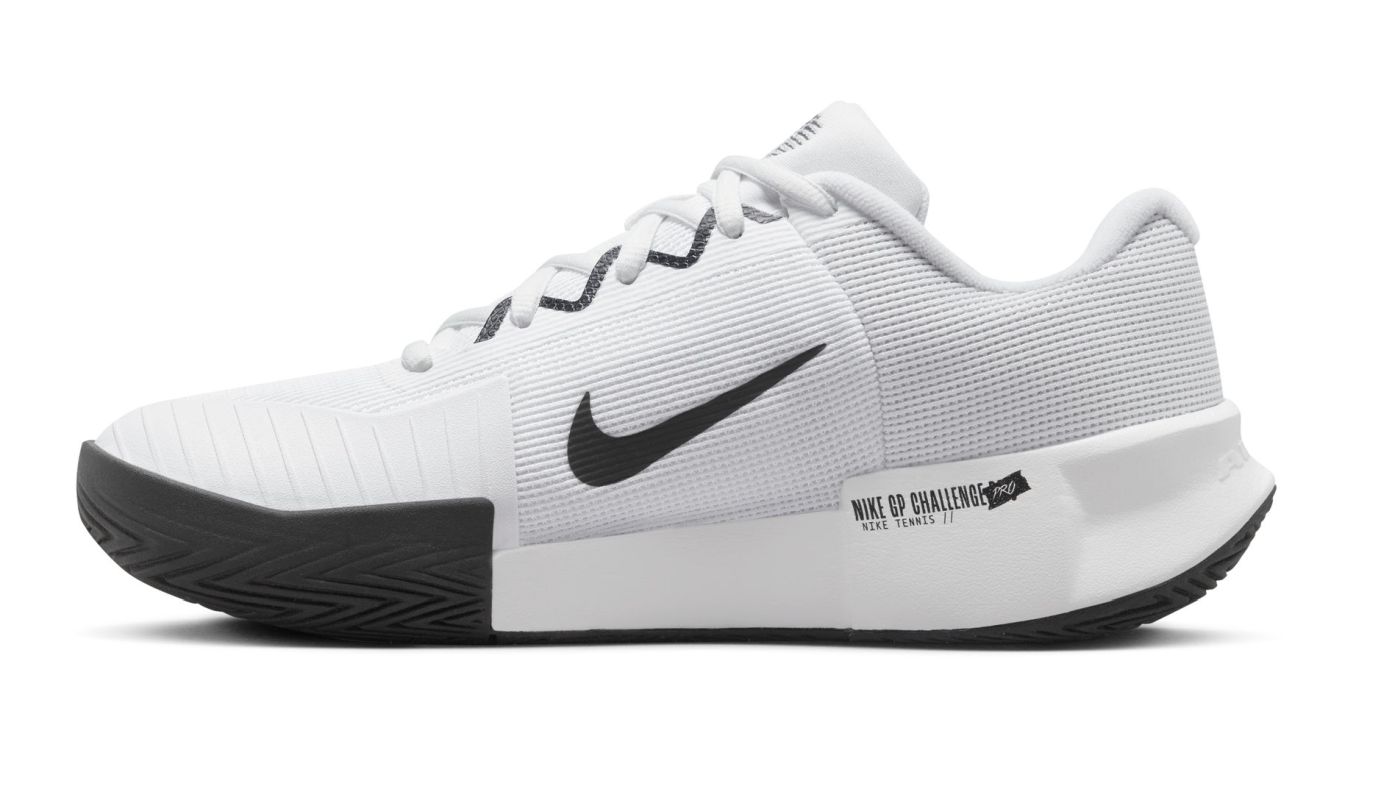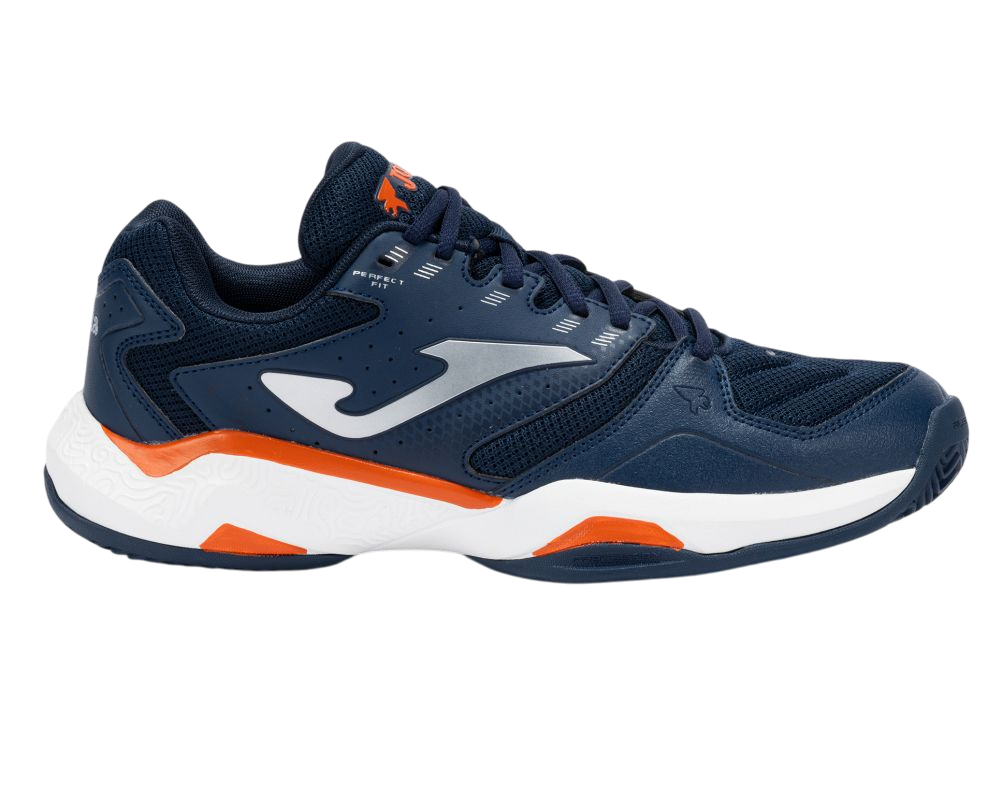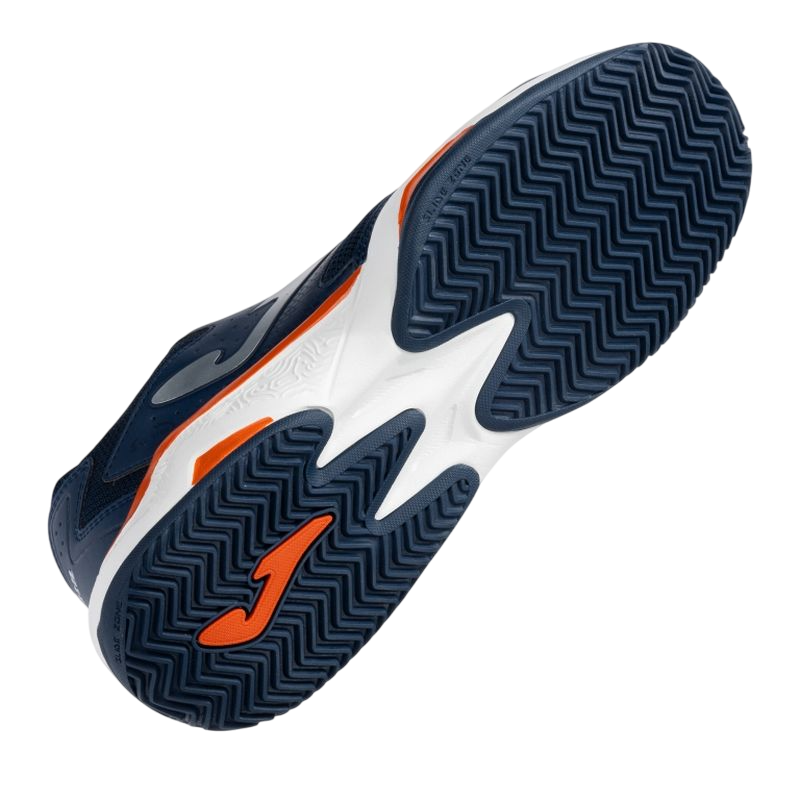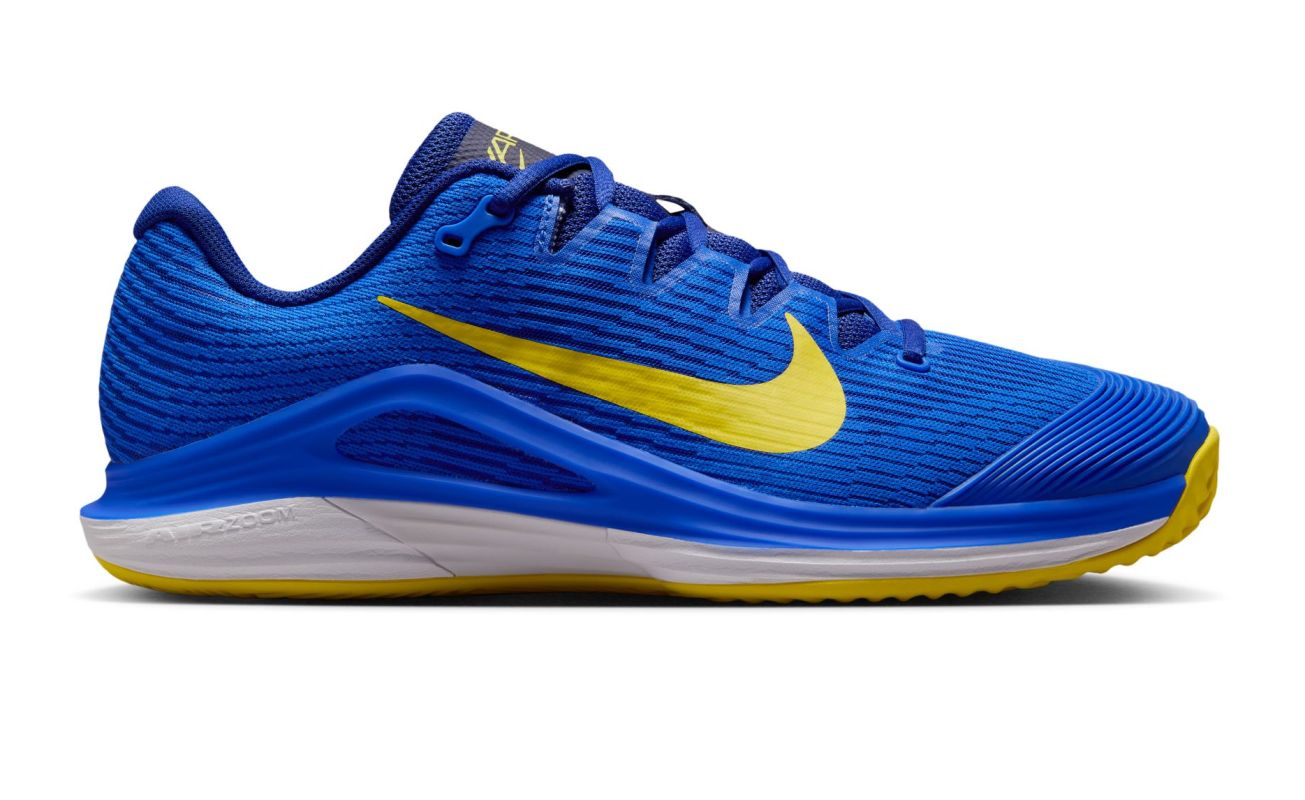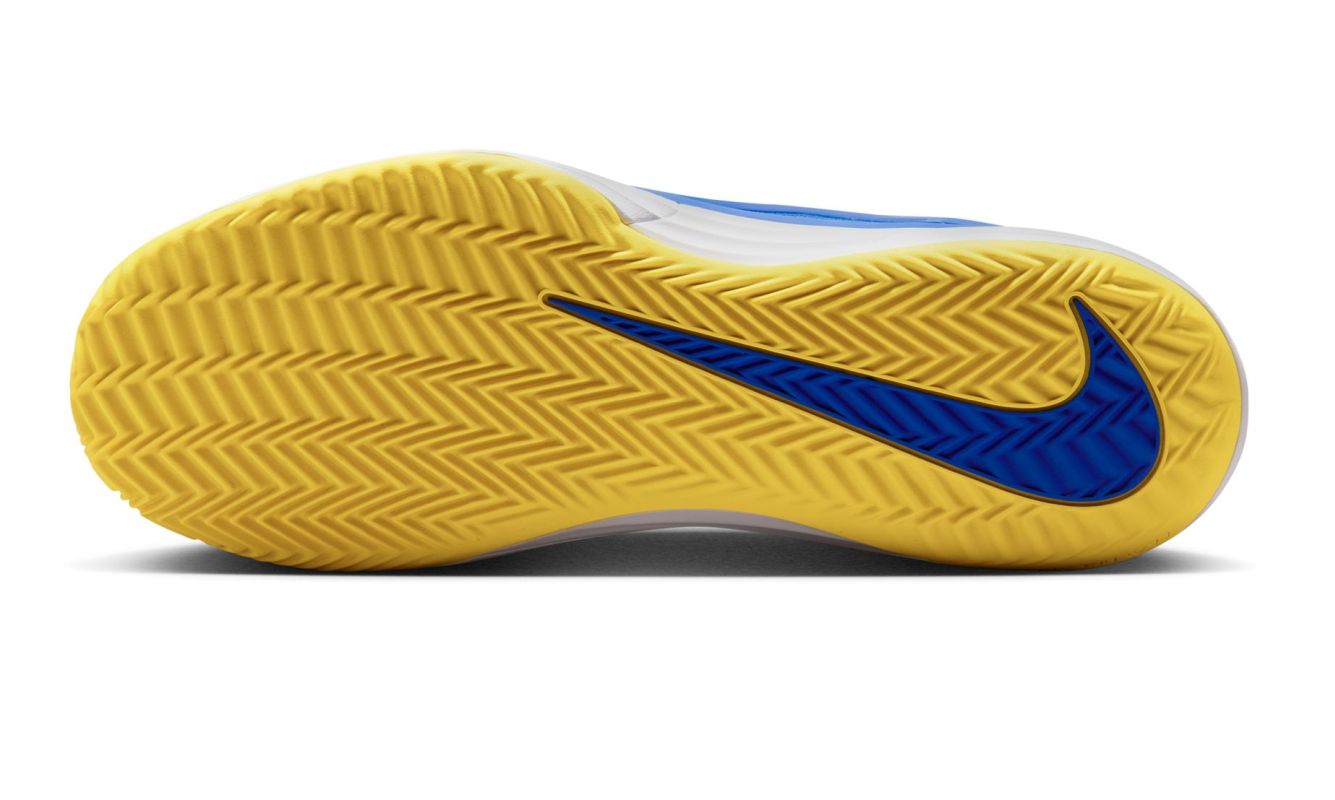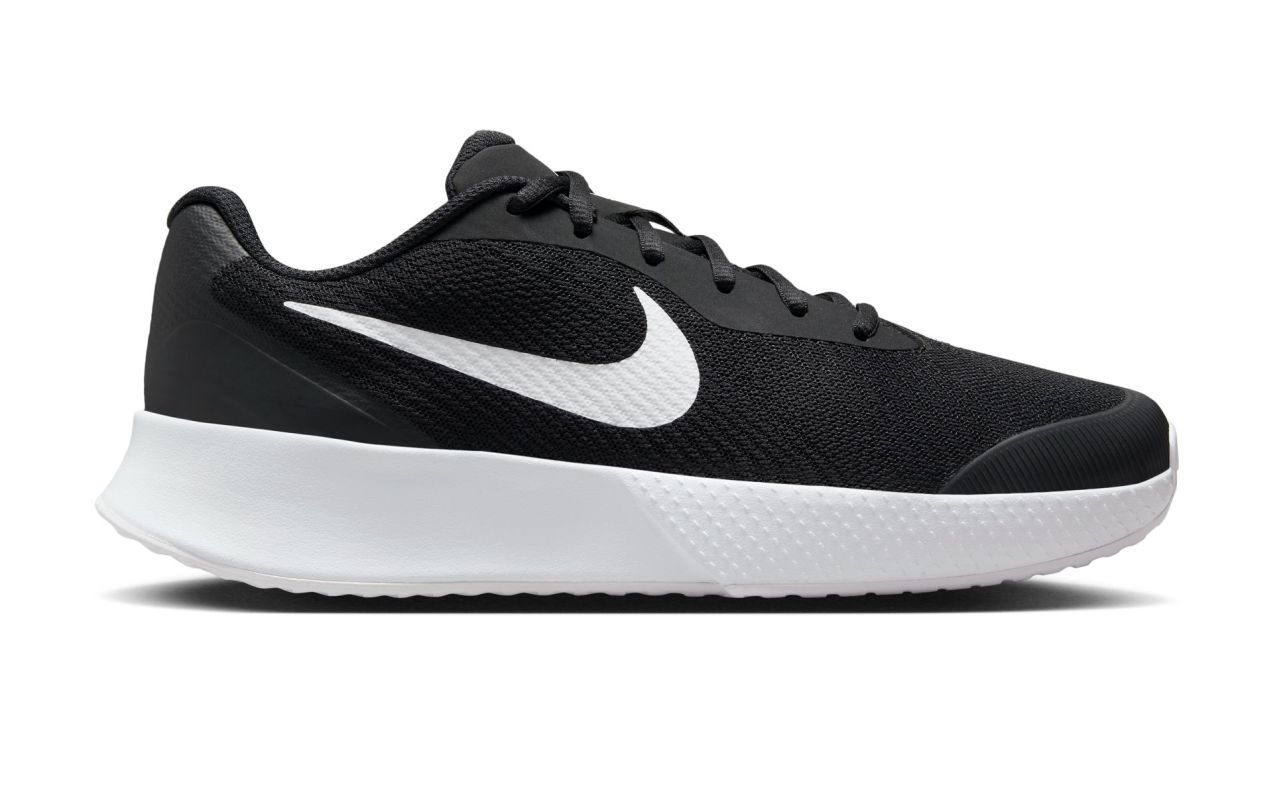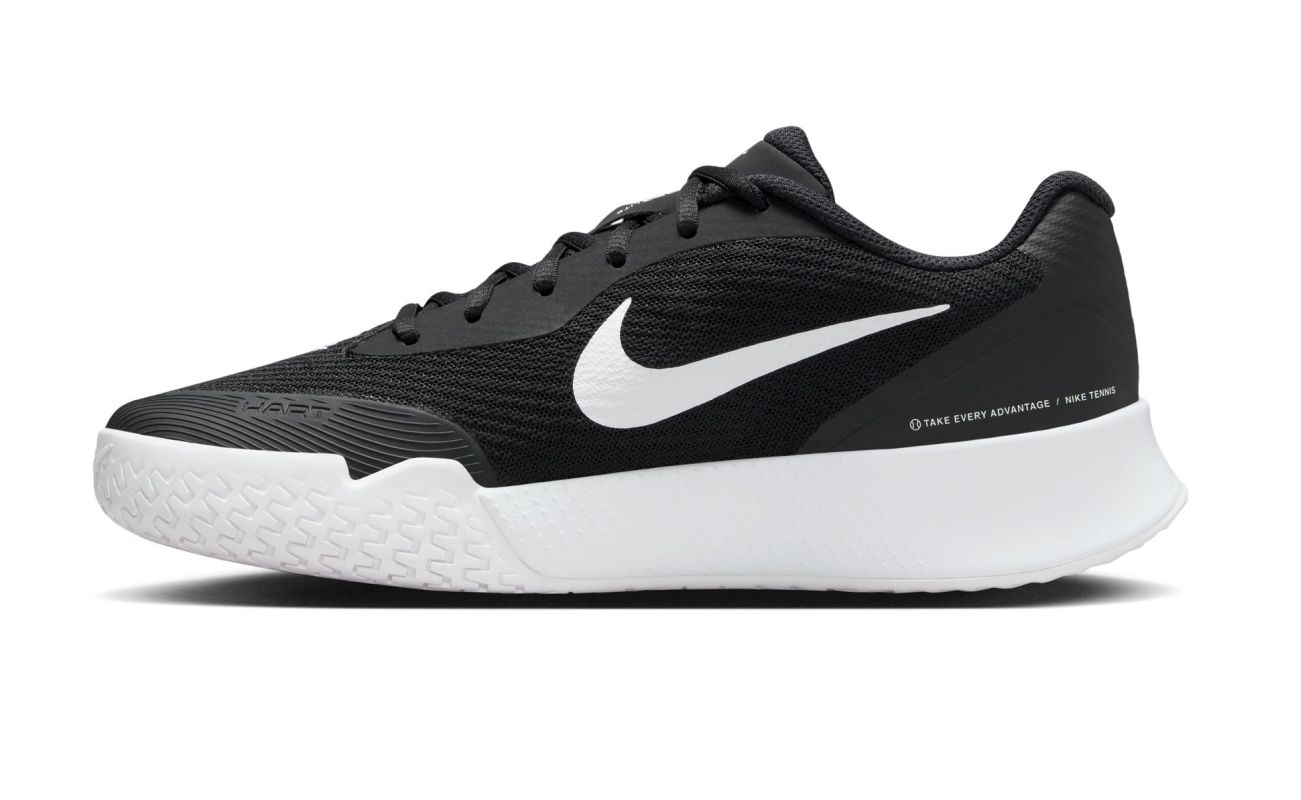Tennis shoes
On The Roger ADV Pro Clay
Nike Zoom GP Challenge Pro - white/black/white
Nike Court Lite 4 Clay- black/white/anthracite
Nike Zoom GP Challenge Pro - black/white/black
Nike Zoom GP Challenge 1 - white/black/radiant emerald
Wilson Intrigue Pro - white/white/silver
Wilson Intrigue Tour Clay - white/navy blazer/dubarry
Wilson Intrigue Tour - white/navy blazer/dubarry
Nike Zoom GP Challenge Pro Clay - black/white/black
Adidas CourtJam Control 3 W Clay
Wilson Rush Pro 4.5
Asics Gel-Dedicate 8 Clay - white/midnight
Nike Zoom Vapor 12 - white/mint foam/cannon
Asics Game FF Clay/OC - black/white
Wilson Rush Pro 4.5 - white/amparo blue/safety yellow
Nike Zoom Vapor 12 - racer blue/lightening deep/royal blue
Wilson Intrigue Tour - navy blazer/white/navy blazer
Buty Asics Gel-Dedicate 8 - lichen rock/white
Asics Court Slide 4 - cream/bright rose
Adidas Defiant Speed 2 W Clay - cloud white/white
Klapki Adidas Adissage 360rec - turquoise
New Balance MCH696W6
Nike Zoom Vapor 12 - white/black/radiant emerald
Adidas GameCourt 2 M - core white/core black/aurora plum
Adidas Court Spec 2
Adidas Ubersonic K - off white/silver metallic/powder plum
Head Endure Pro Clay - white/yellow
Head Endure Pro - white/yellow
Head Endure BOA Pro - white/yellow
Head Endure BOA Pro Clay - white/yellow
Joma T.Point Men 2523 Clay - khaki
Joma T.Point Men 2502 - white
Nike Zoom GP Challenge Pro - white/black/white
Joma Master 1000 2503 Clay - navy blue
Nike Zoom Vapor 12 Clay - racer blue/lightening deep/royal blue
Nike Vapor Lite 3
Nike Vapor Lite 3
Nike Zoom Vapor 12
Nike Zoom Vapor 12
Nike Zoom Vapor Pro 3
Why choosing the right tennis shoes matters
Tennis is a fast-paced sport involving quick sprints, sudden stops, directional changes, and lateral movements. These repetitive actions place significant strain on your feet and joints. That’s why choosing the right tennis shoes is essential—not only for comfort but for injury prevention and improved performance on the court. Whether you’re a beginner or a seasoned player, the right footwear helps you move better, safer, and with more confidence.
Choosing tennis shoes based on court surface
The type of surface you usually play on should determine the kind of outsole your shoes have:
– Clay courts
Tennis shoes with a herringbone tread pattern offer excellent traction while allowing controlled sliding. They’re designed to keep clay out of the sole and help you move efficiently on dusty surfaces.
– Hard courts
Hard court shoes are built with durable rubber outsoles and enhanced cushioning. They provide support and shock absorption to reduce impact on joints when playing on concrete or synthetic courts.
– Grass courts
These shoes have flatter soles with small rubber nubs that improve grip and reduce the risk of slipping on damp grass. They’re designed to protect both the player and the court.
– Indoor courts (carpet or synthetic)
Shoes for indoor tennis come with smooth, non-marking outsoles, offering great traction and allowing you to move freely without damaging the court surface.
If you play on different surfaces, all-court tennis shoes are a practical option. However, frequent players may benefit from using court-specific shoes tailored to each surface.
What to look for when buying tennis shoes
– Cushioning
Quality cushioning helps absorb shock and protects your joints, especially during high-impact movements on hard surfaces.
– Stability
Proper side support prevents ankle rolling and helps with quick lateral movements and directional changes.
– Fit
Your tennis shoes should fit snugly around the foot without being too tight. Ideally, leave about 0.5 cm of space in front of your toes to avoid pressure or blisters.
– Breathability
Uppers made of mesh or perforated materials enhance ventilation and help manage moisture—key during intense or warm-weather matches.
– Durability
Reinforced soles and sturdy uppers ensure your shoes can handle frequent play and extended use.
Tennis shoes for every player level
– Beginners
Lightweight, flexible shoes with basic support and comfort features are great for learning proper footwork and movement.
– Advanced and competitive players
Require high-performance shoes with excellent grip, lateral stability, and durable construction suited for aggressive play.
– Children and youth players
Should wear soft, flexible tennis shoes that accommodate growing feet, preferably with easy fastening systems like Velcro or elastic laces.
Trusted brands that deliver performance
Our tennis shoe collection features trusted global brands known for innovation, performance, and comfort:
– Adidas
– Asics
– Babolat
– Nike
– Wilson
– Head
– Yonex
– Fila
– Lotto
– Lacoste
You’ll find the latest collections as well as value-friendly options from previous seasons—offering something for every player and every budget.
How to find the right size
– Try shoes on in the late afternoon when your feet are naturally more swollen—similar to how they’ll feel after a match.
– Wear the socks you normally use for tennis.
– The heel should stay secure, and your toes should not press against the front of the shoe.
– Aim for about half a centimeter of room in the toe box.
– Test the shoes with a few lateral steps or short sprints to check support and comfort.
Still unsure? Reach out to a footwear specialist—choosing the right pair of tennis shoes can significantly elevate your game and help you avoid unnecessary strain.

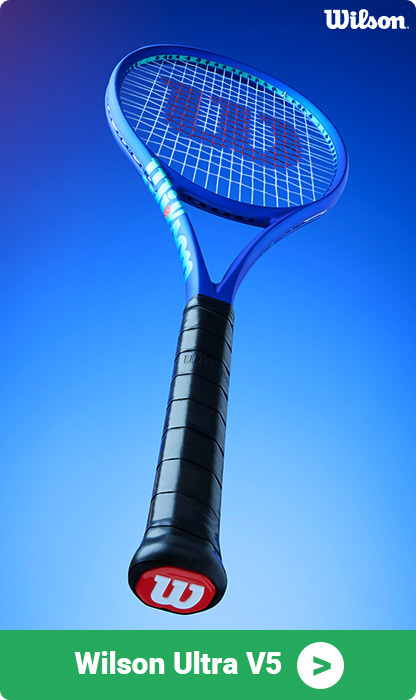

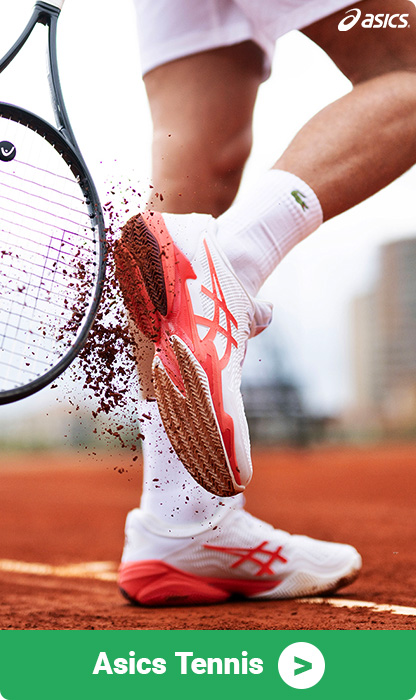
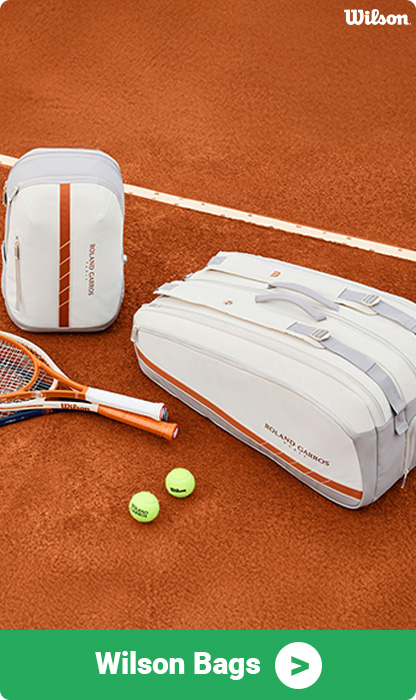
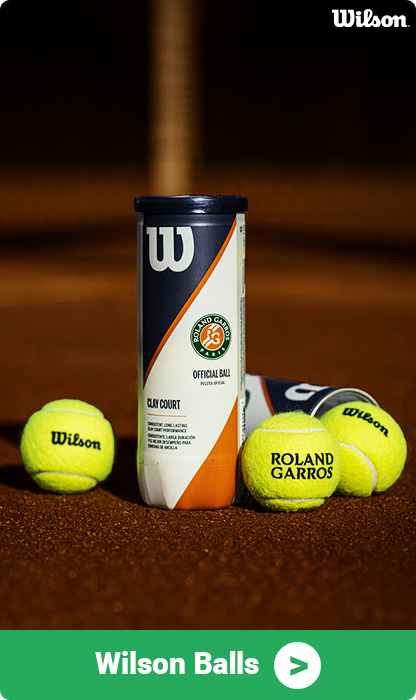
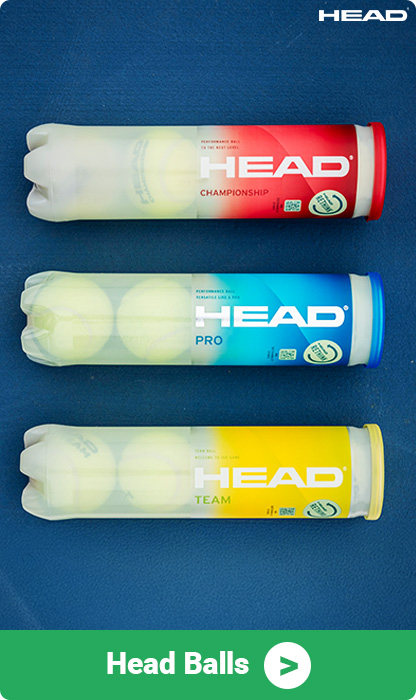
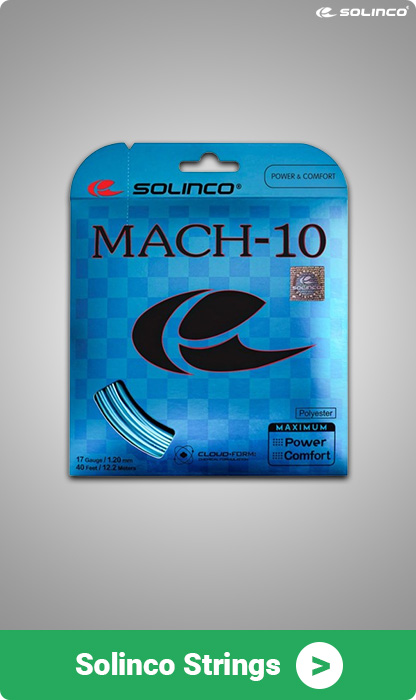
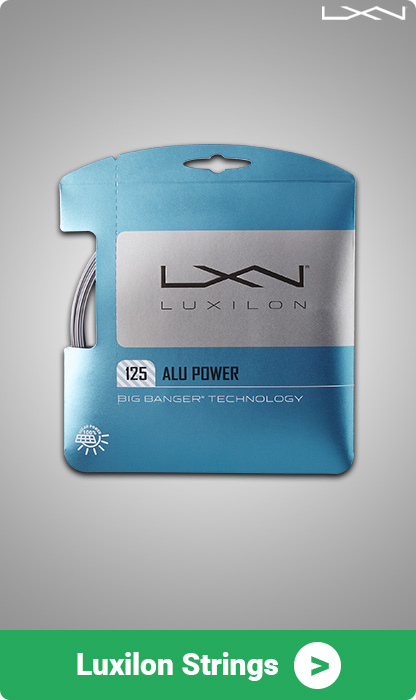
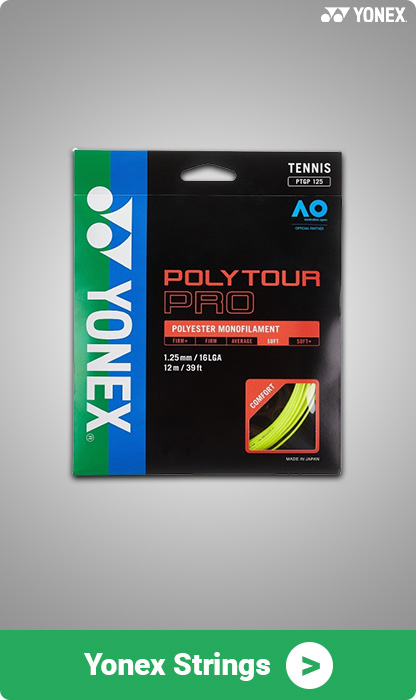
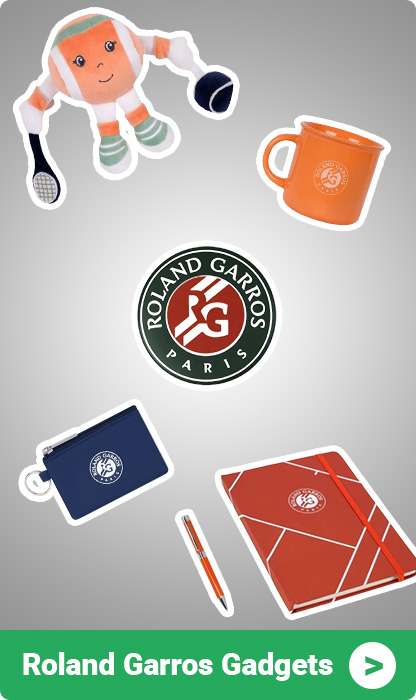












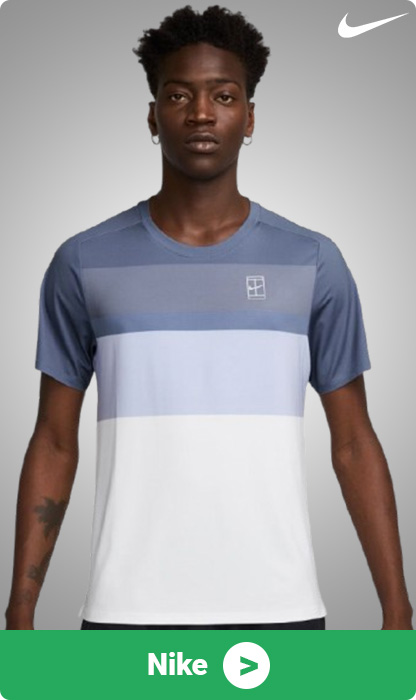

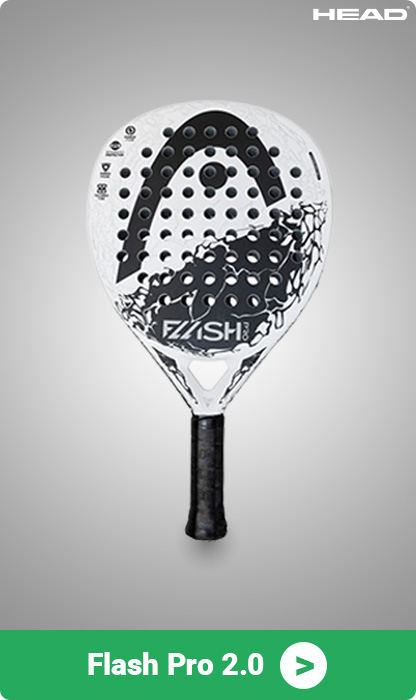

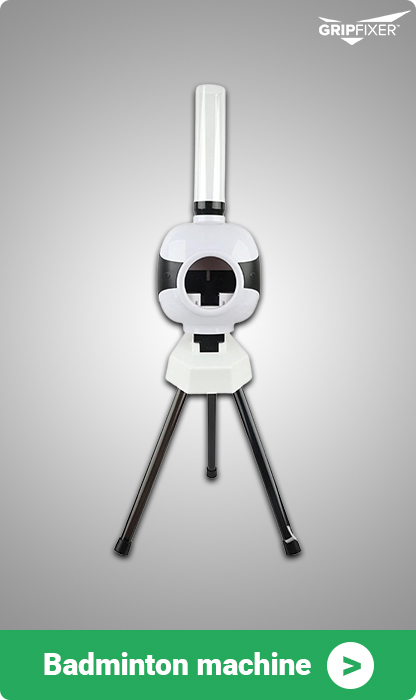
 tennis-zone.eu
tennis-zone.eu 